Table of Contents
What is a 60% Keyboard and a 65% Keyboard?
A 60% keyboard is a compact mechanical keyboard. It removes almost all the function key area, editing key area, and numeric key area, leaving only the basic input of letters and numbers.
What’s left are the main alphanumeric keys (letters, numbers, and symbols), along with a few essential modifiers like Shift, Ctrl, and Alt. This typically results in 61 keys total, depending on the layout.
A 65% keyboard builds on the 60% layout but reintroduces dedicated arrow keys and a small set of navigation keys (often Delete, Home, End, or Page Up/Down).
This brings the total to 66–68 keys, making the 65% layout only slightly wider than a 60%, while offering significantly better functionality for many users.
| Feature | 60% Keyboard | 65% Keyboard |
| Total Keys | About 61–68 keys (letters only, no arrow keys) | About 68–71 keys (letters + dedicated arrow keys) |
| Function Row (F1–F12) | No | No |
| Arrow Keys | No (layer-based) | Yes |
| Navigation Keys | No | Limited (varies) |
| Numpad | No | No |
| Size | Ultra compact | Compact |
Pros and Cons of 60% Keyboards
Pros
1. Ultra-compact and portable: The most compact design is very convenient for users who carry it with them or have limited desktop space.
2. Great for FPS games: In FPS games (such as CS: GO and PUBG), only WASD movement and a small number of skill keys are required, and a 60% layout can effectively provide more mouse operation space and reduce wrist fatigue.
3. Keyboard customization friendly: Many custom keyboard enthusiasts like the 60% keyboard and customization.
4. Minimalist aesthetic: With fewer keys and a clean design, 60% keyboards contribute to a clutter-free, modern desk setup that looks as good as it performs.
Cons
1. Complex operation: Because it just keeps the alphanumeric section and essential modifier keys, to achieve other functions, you must use the key combinations.
2. Reduce the typing efficiency: The input efficiency of combination keys is not as good as that of dedicated keys, which reduces typing efficiency.
3. Learning Curve: More key combinations needed. If you’re switching from a full-size keyboard, adjusting to function layers and missing keys can take time.

Pros and Cons of 65% Keyboards
Pros
1. Still compact and space-saving: Small size, easy to use in a small workspace or carry on business trips.
2. Still comprehensive functions: Although the F area has been removed, dedicated arrow keys, make it far more convenient for general tasks.
3. Easier Transition from Larger Layouts: If you're moving from a full-size or tenkeyless keyboard, the 65% layout feels more familiar than the 60%.
Cons
1. Still frequent use of key combinations: More key combinations are required to achieve common functions, and users need to spend time to adapt and memorize.
2. Less portable than a 60% keyboard: Slightly larger than a 60%, less portable, but still more compact than a full-size keyboard.
3. Layout differences: The key position may be different for different brands (such as whether the Home/End keys are retained), you'd better choose carefully.
Who Should Choose a 60% Keyboard?
- Gamers who play FPS games that need extra mouse space
- People who travel or work remotely
- Minimalist setup enthusiasts
- Advanced users are comfortable with layers
- Keyboard enthusiasts and modders
Who Should Choose a 65% Keyboard?
- Everyday users who wannt compactness without compromise
- Office workers and writers
- Gamers who want practicality and space
- Users transitioning from larger layouts
- Users who don’t want to rely on layers
Final: Which Is Better?
There’s no one-size-fits-all answer — the better layout depends entirely on your needs, preferences, and how you use your keyboard.
| Dimension | 60% Layout | 65% Layout |
| Portability | ★★★★★ (Ultra-compact) | ★★★★ (Slightly larger but still compact) |
| Functionality | ★★ (Relies on key combos) | ★★★★ (Dedicated arrow keys and some navigation keys) |
| Efficiency | ★★ (Best for focused tasks) | ★★★★ (Better for multitasking) |
| Ergonomics | ★★ (May cause fatigue with long use) | ★★★★ (Closer to full-size comfort) |
| Price | ★★★★★ (Great value) | ★★★ (Mostly mid-to-high-end models) |
| Best For | FPS gaming, minimalist setups, keyboard modding | Typing, programming, MOBA gaming, light office work |
- If you are willing to spend time learning the layer functions and have an absolute priority on portability and minimalist appearance, go for a 60% keyboard.
- If you need a directional pad but don't want to compromise too much on size, go for a 65% keyboard.
- If your priority is maximum space-saving, go for a 60% keyboard.
- If you want a balance of function and appearance, go for the 65% keyboard.
- If you play MOBA/RPG games, may be more suitable for the 65% keyboard.
- If you play FPS games, may prefer the 60% keyboard.
Akko 60% Keyboard Recommendation
FUN60 Pro ISO HE Magnetic Keyboard
FUN60 Pro ISO stands out as a cost-effective choice for users seeking a high-performance, compact keyboard with advanced features typically found in premium models. It achieves full range RT0.01, and an 8000Hz polling rate for all keys in wired mode, perfect for gaming and high-performance tasks.
Key Features:
- ISO layout
- Cross-Compatible with Mainstream Magnetic Switches
- Full Range RT0.01mm
- 8K Polling Rate
- ARGB at a 500Hz Refresh Rate
- Demagnetized Stabilizer

Akko 65% Keyboard Recommendation
MU01 Wooden Keyboard
Akko MU01 wooden keyboard is made up of walnut wood, offering a warm and natural aesthetic that enhances any workspace. And the gasket mount ensures a softer typing experience by reducing keystroke vibrations.
Once you start typing on the MU01, you'll instantly fall in love with its unique feel and charm.
Key Features:
- ANSI & ISO layout
- Walnut CNC Processing
- PBT Dye-Sub Keycaps
- 5-pin Hot-swappable
- Built-in 4000mAh Battery
- RGB Backlit
- Gasket Mount
The Akko MU01 Wooden Keyboard is a standout choice for those seeking a blend of traditional craftsmanship and modern functionality.
FAQs
Why do gamers like 60% keyboards?
60% keyboards only keeps core keys without redundant function keys, allowing players to focus on game operations. And the compact layout reduces the range of finger movement and reduces the risk of accidentally touching edge keys.
How to use FN key on 60% keyboard?
For monsgeek FUN60 series, you can use FN combaination keys to achieve other functions.
Fn+E: Short press to switch to Bluetooth Device 1; long press to pair Device Bluetooth 1.
Fn+R:Short press to switch to Bluetooth Device 2; long press to pair Device Bluetooth 2.
Fn+T: Short press to switch to Bluetooth Device 3: long press to pair Device Bluetooth 3.
Fn+Y:Short press to switch to 2.4G Device; long press to pair 2.4G Device.
FN+O: For wired models, press and hold for 3 seconds to switch between MAC/WIN modes
FN+\: Adjust the backlit color to 7 single colors and RGB cycle in all RGB lighting modes.
FN+Enter: Adiust lighting modes.

How many switches are needed for a 65% keyboard?
The numbers of the switches should be compatiable with the keys of the 65% keyboard. Generally, the 65% keyboard have 68–71 keys.
Before you buy the switches, please check you keybaord layout (ANSI OR ISO), and check the actual key counts. And I recommend you buy a few extra switches, especially if you're hand-assembling or testing different feel/sound.
Which keyboard is better for programmers, 60% or 65%?
If a programmer values portability and a minimalist setup, and is comfortable using key combinations, a 60% keyboard is a great choice. However, if they prefer dedicated arrow keys, greater efficiency, and have a larger budget, the 65% keyboard would be more suitable.


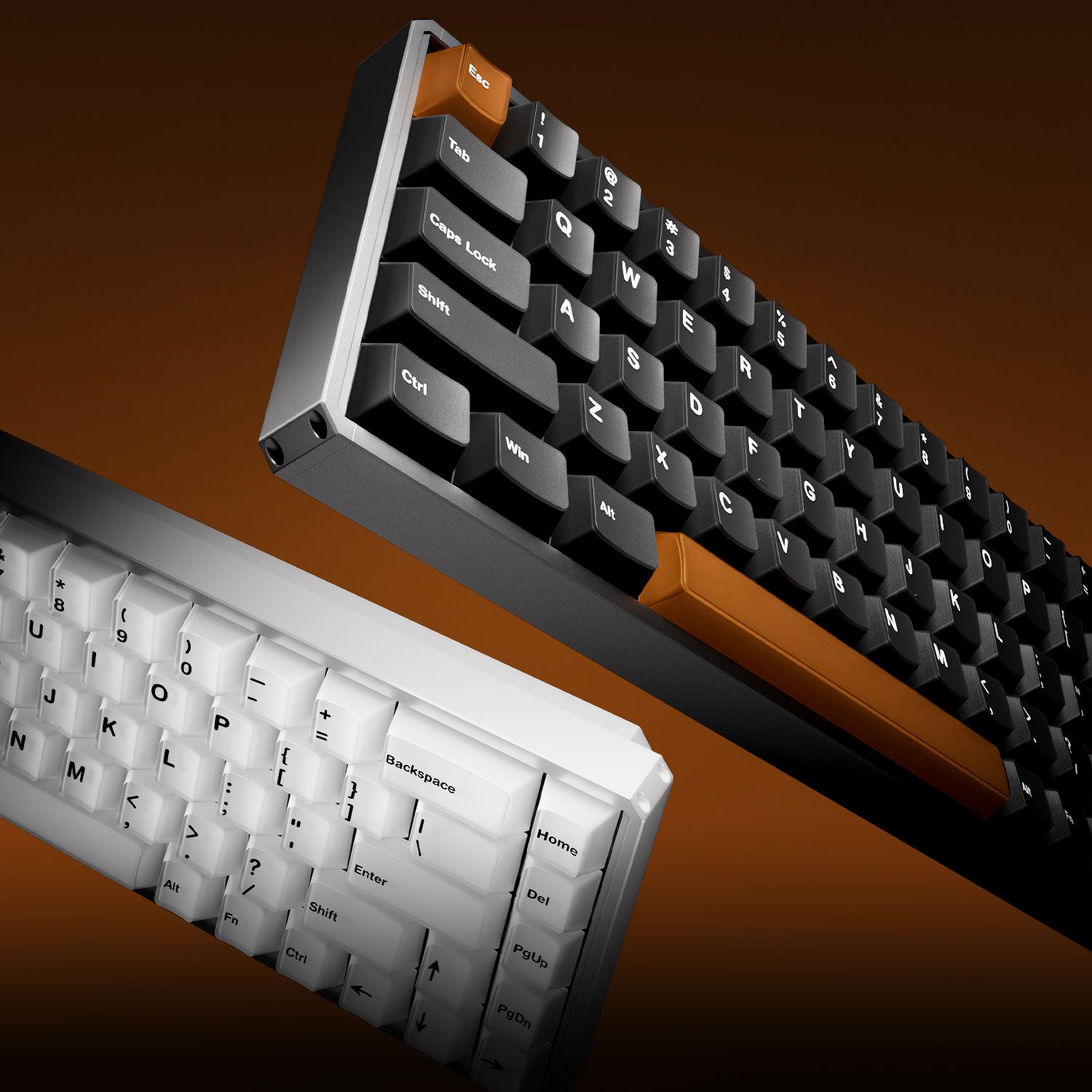



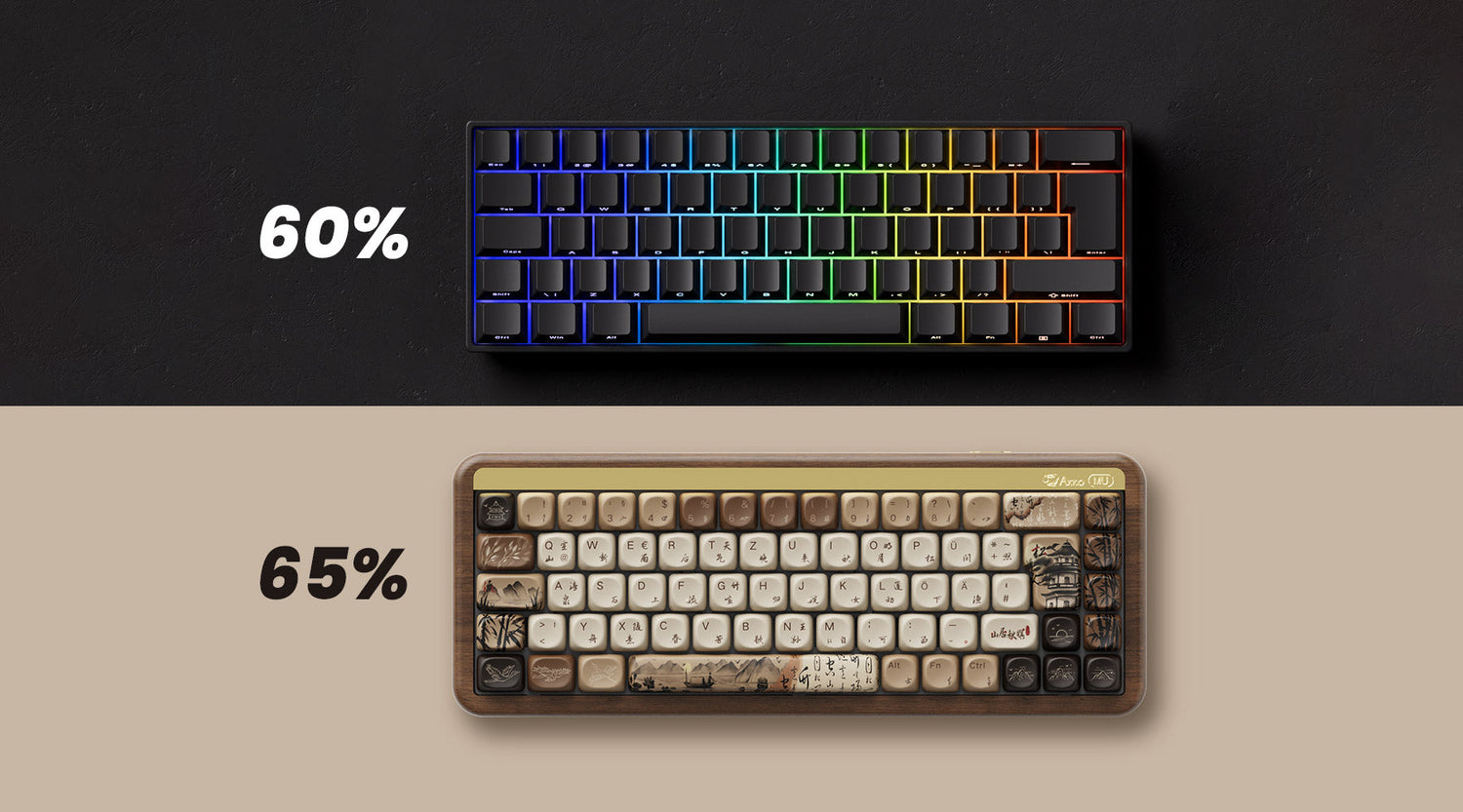

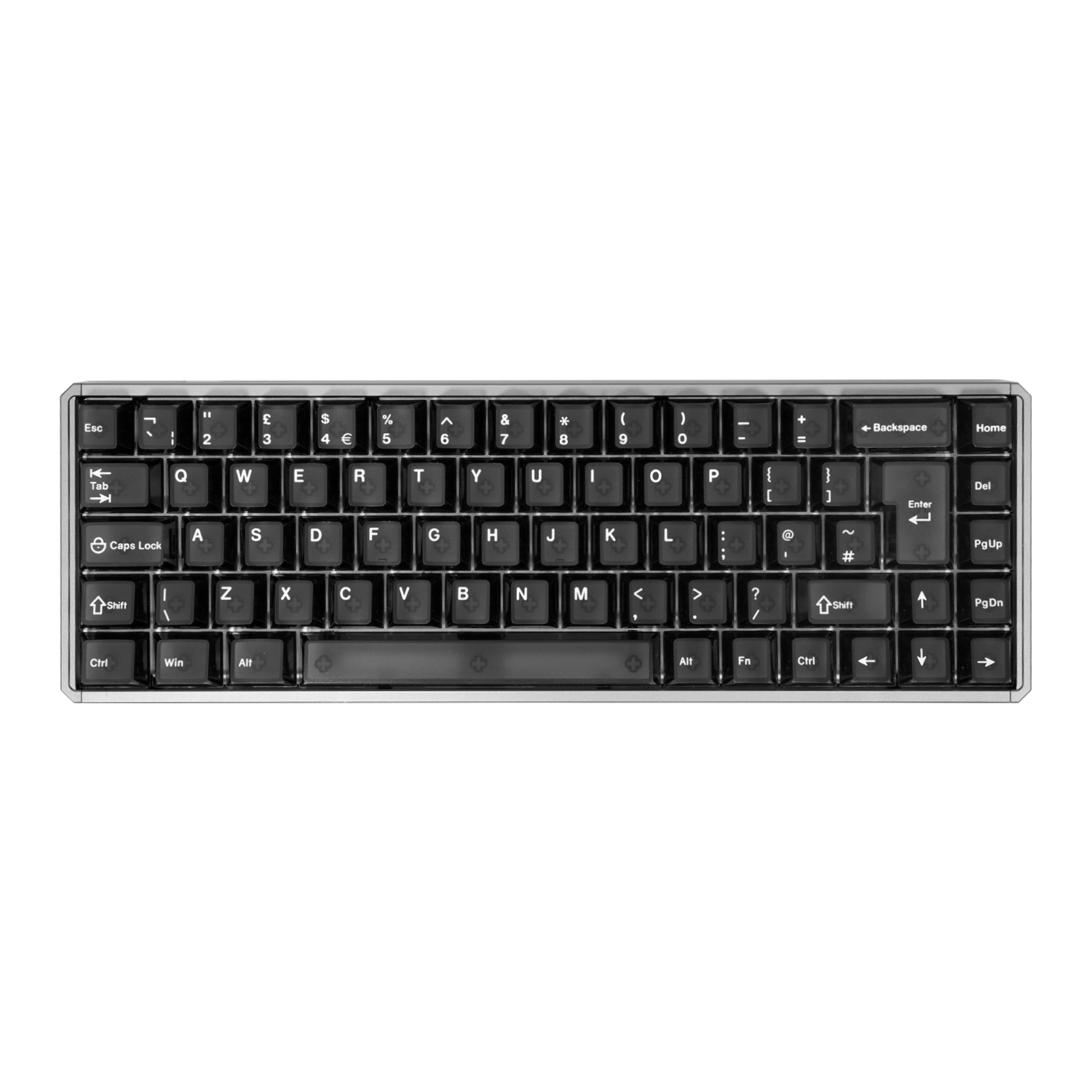
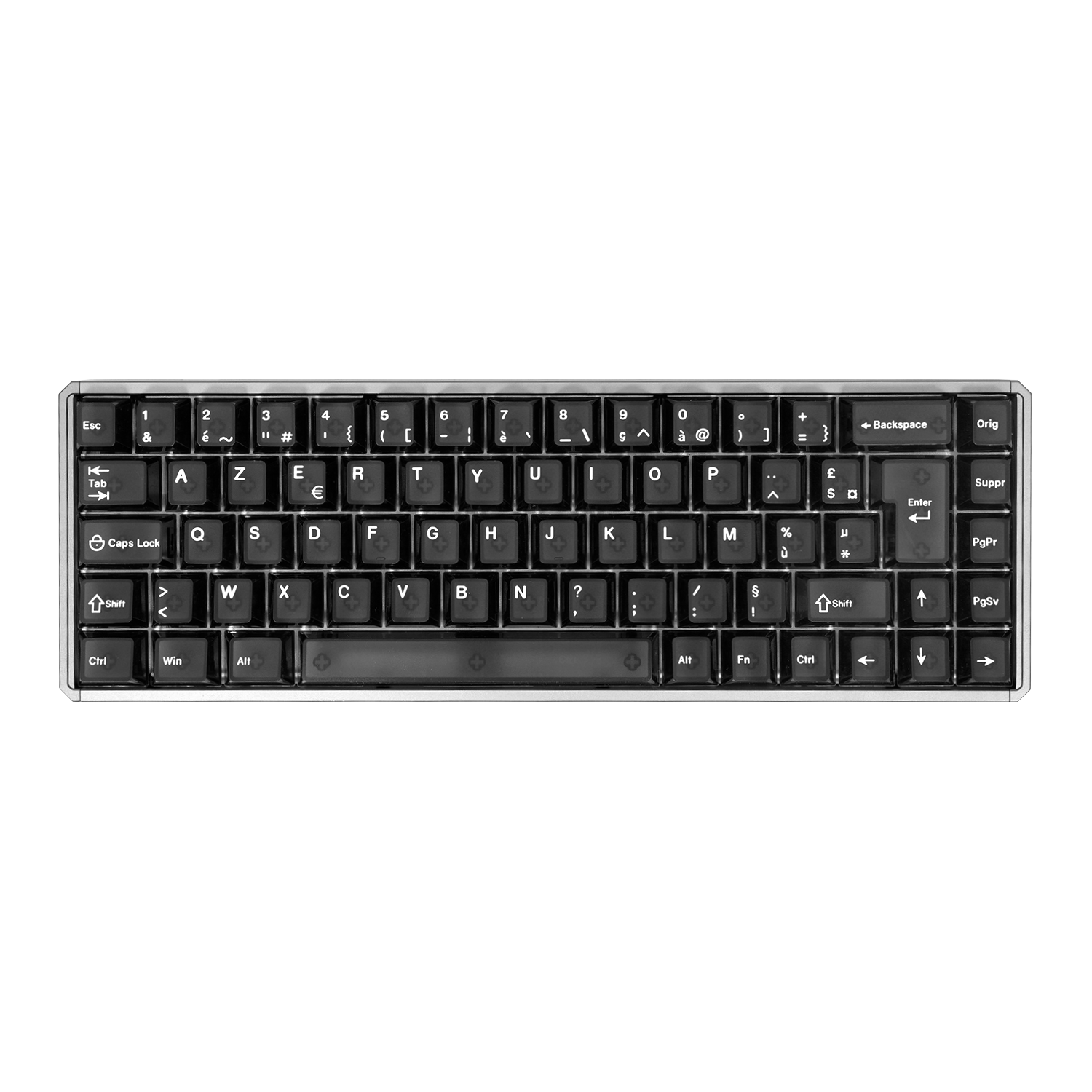

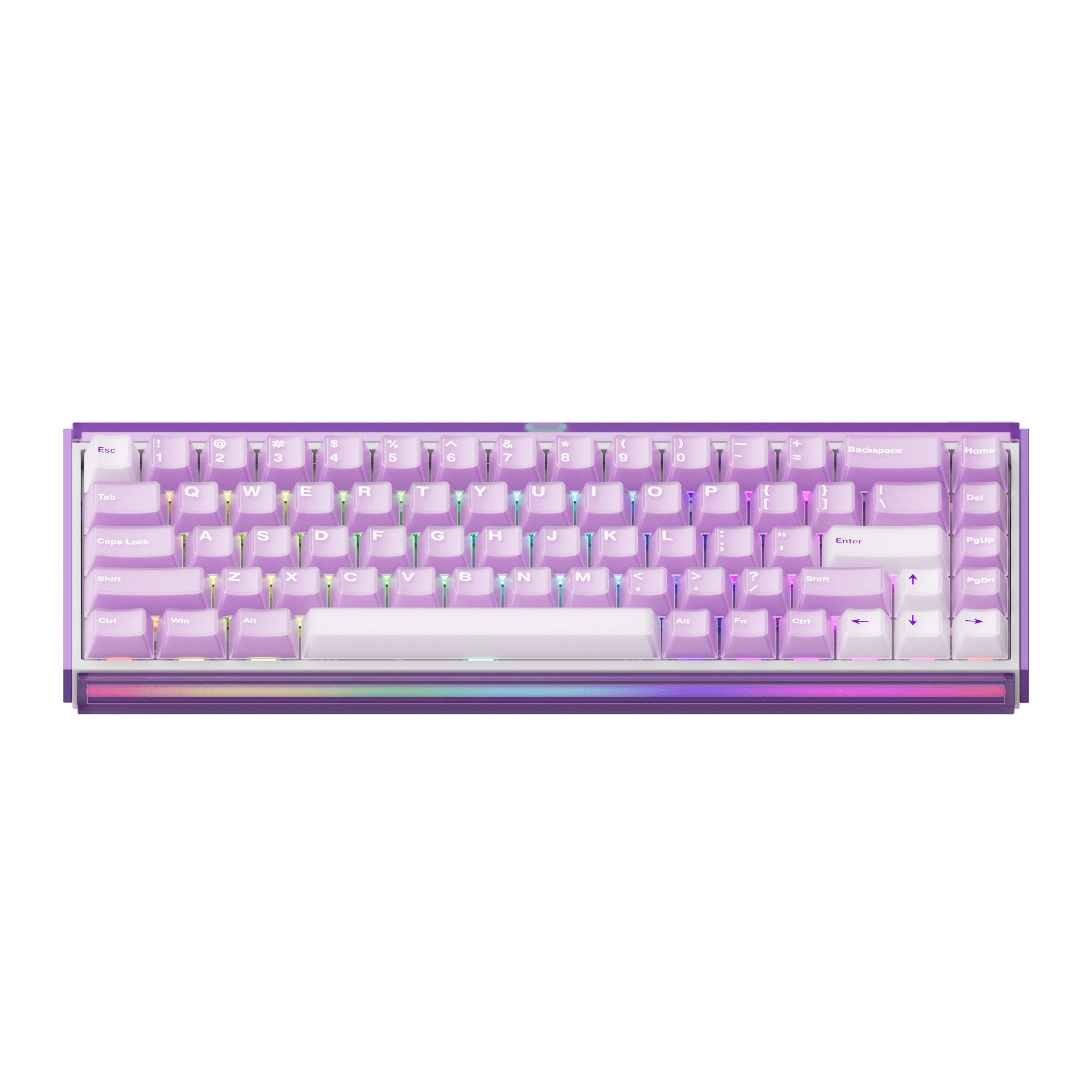
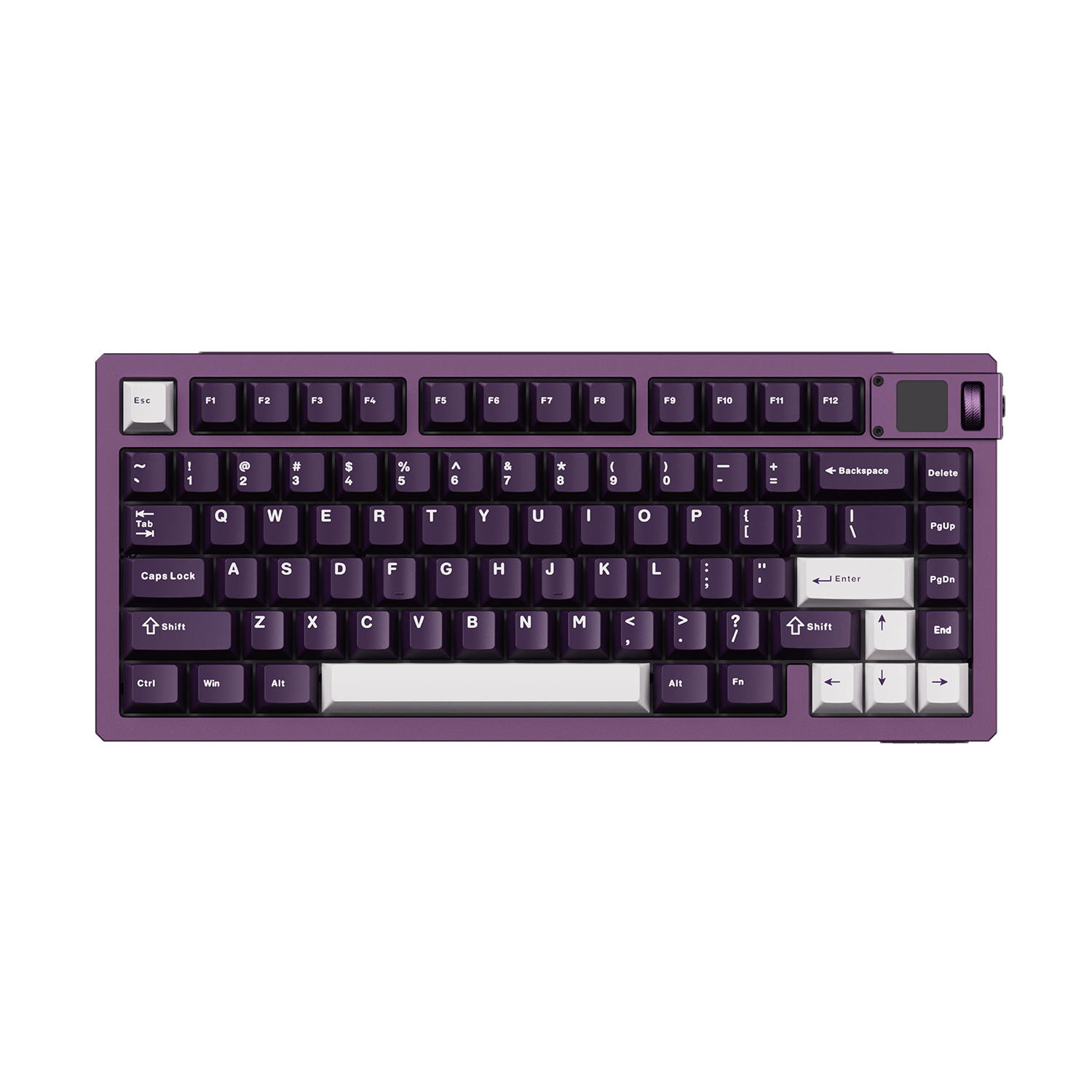

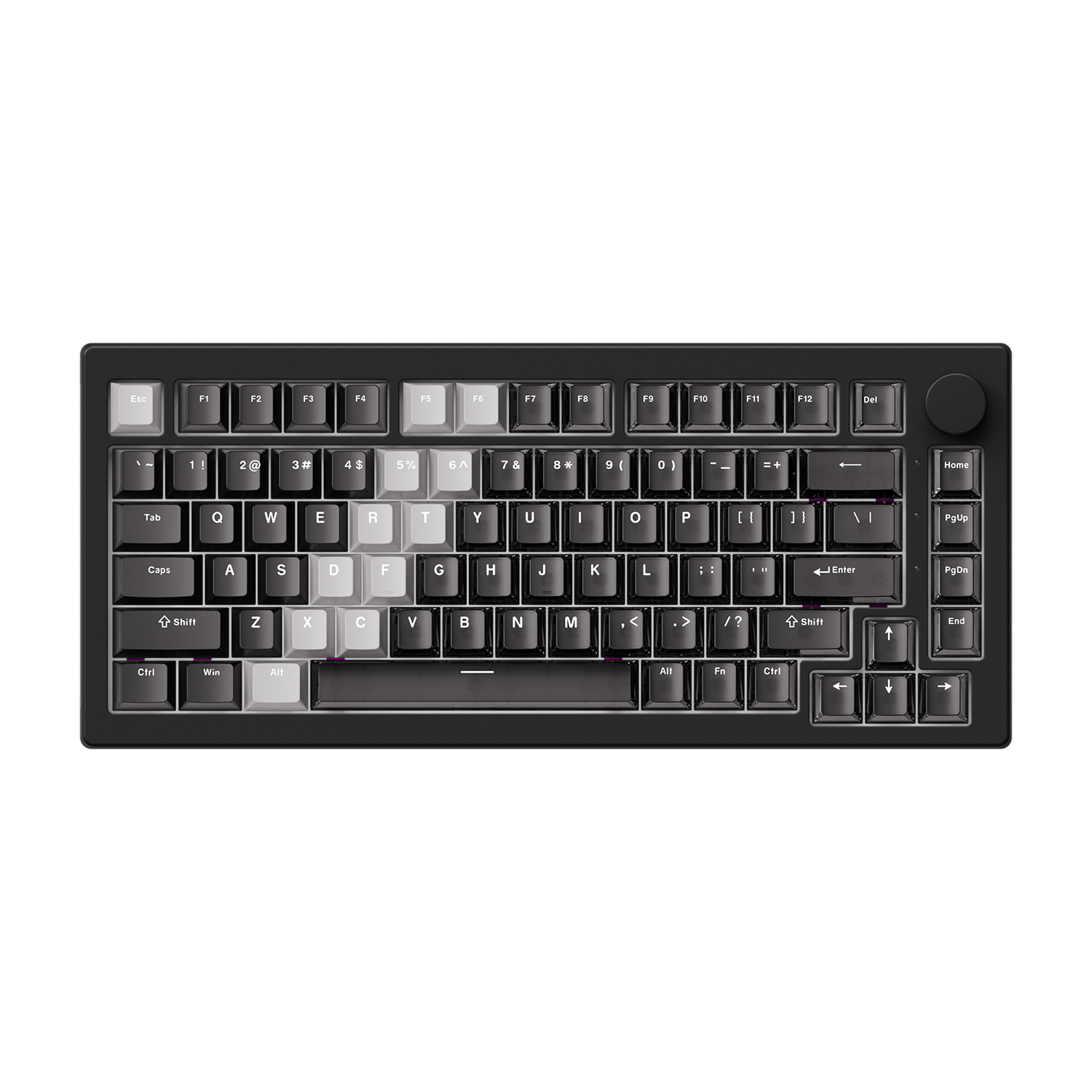
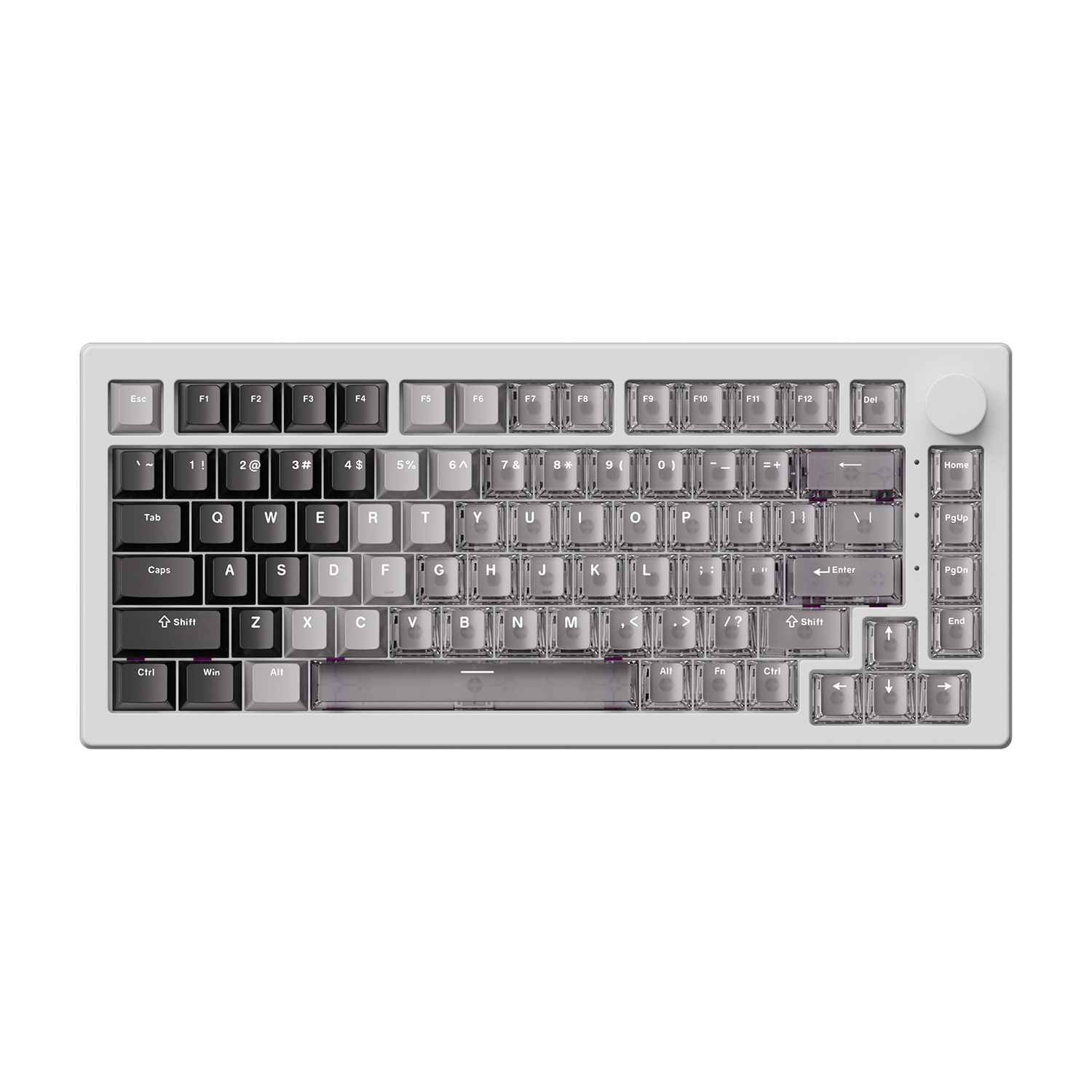
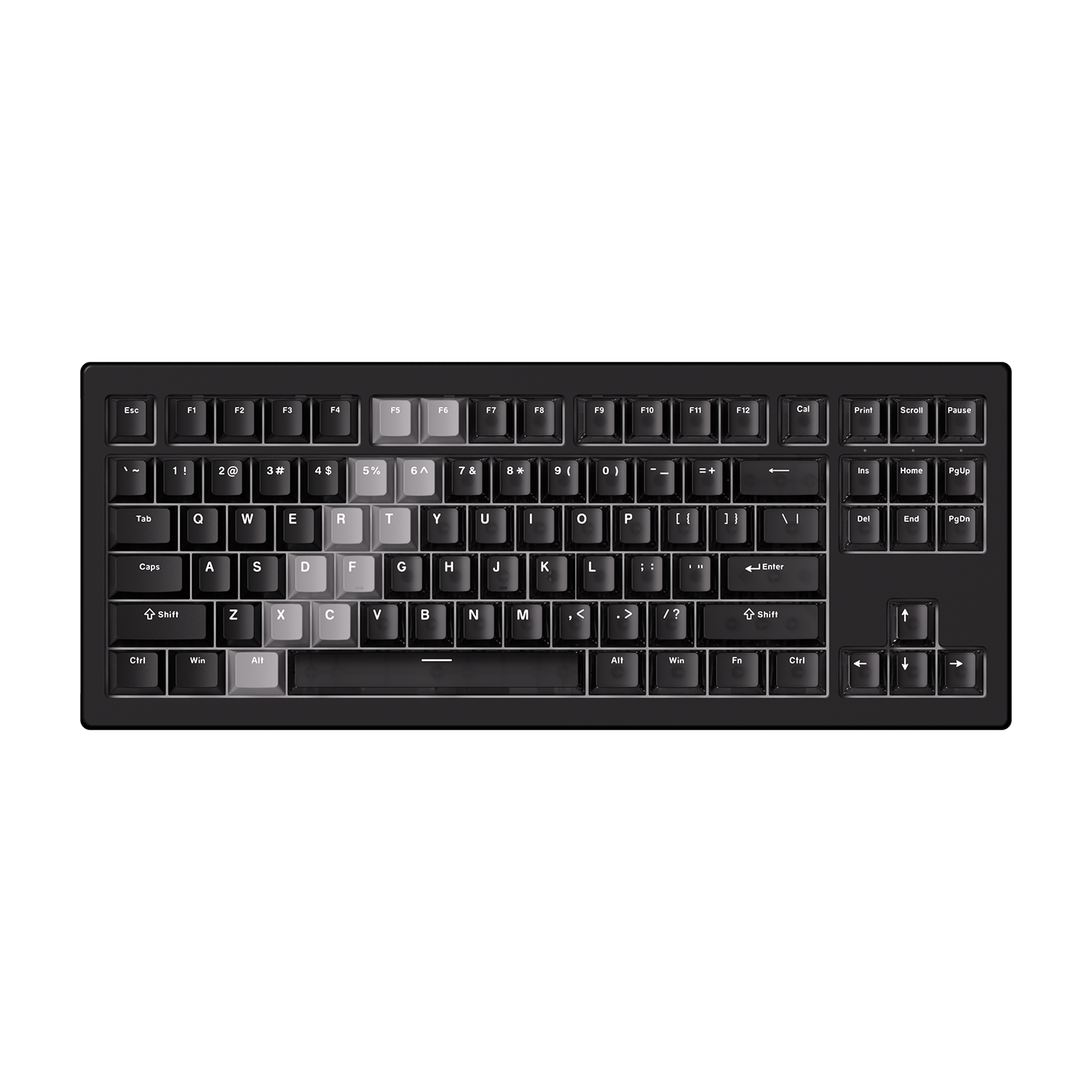
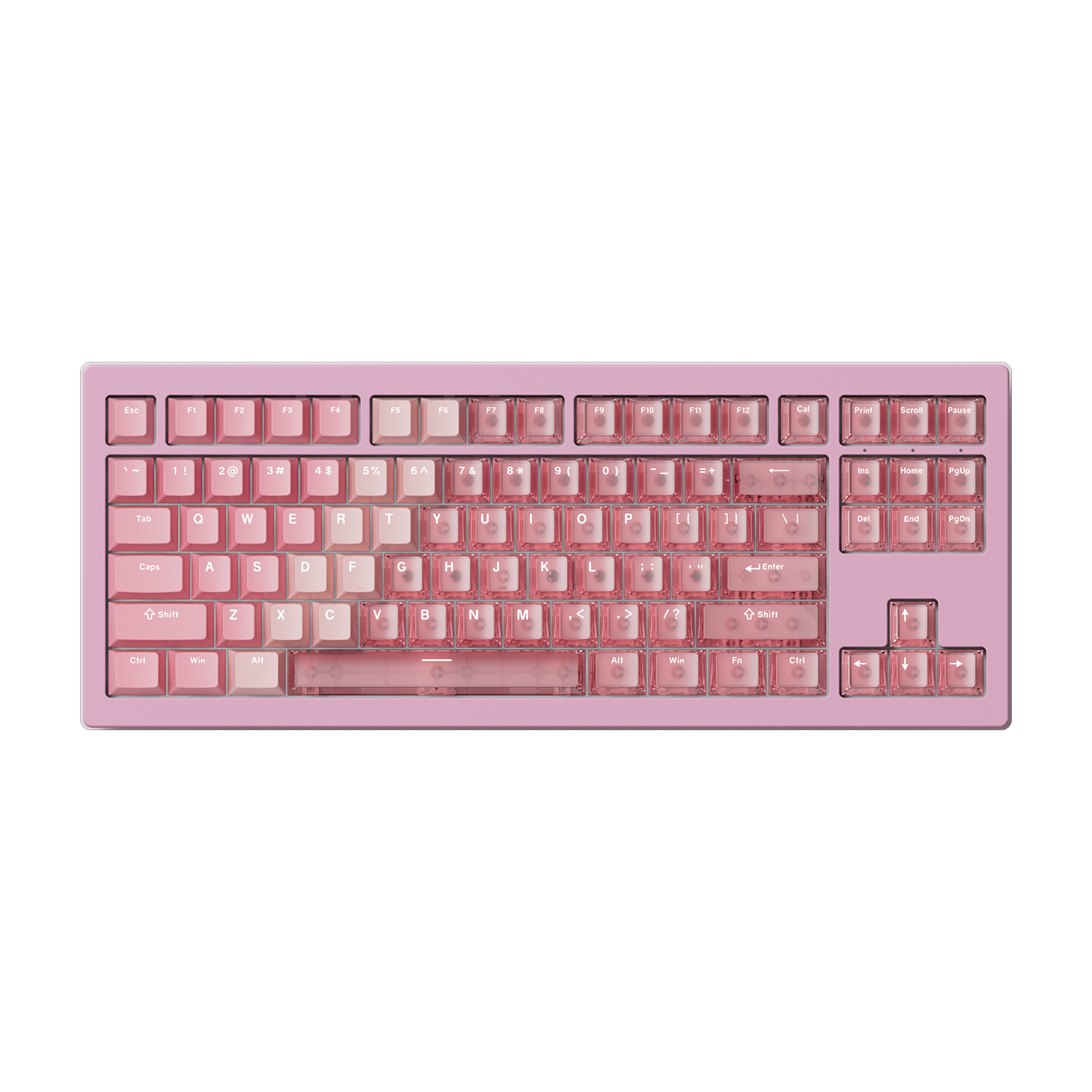
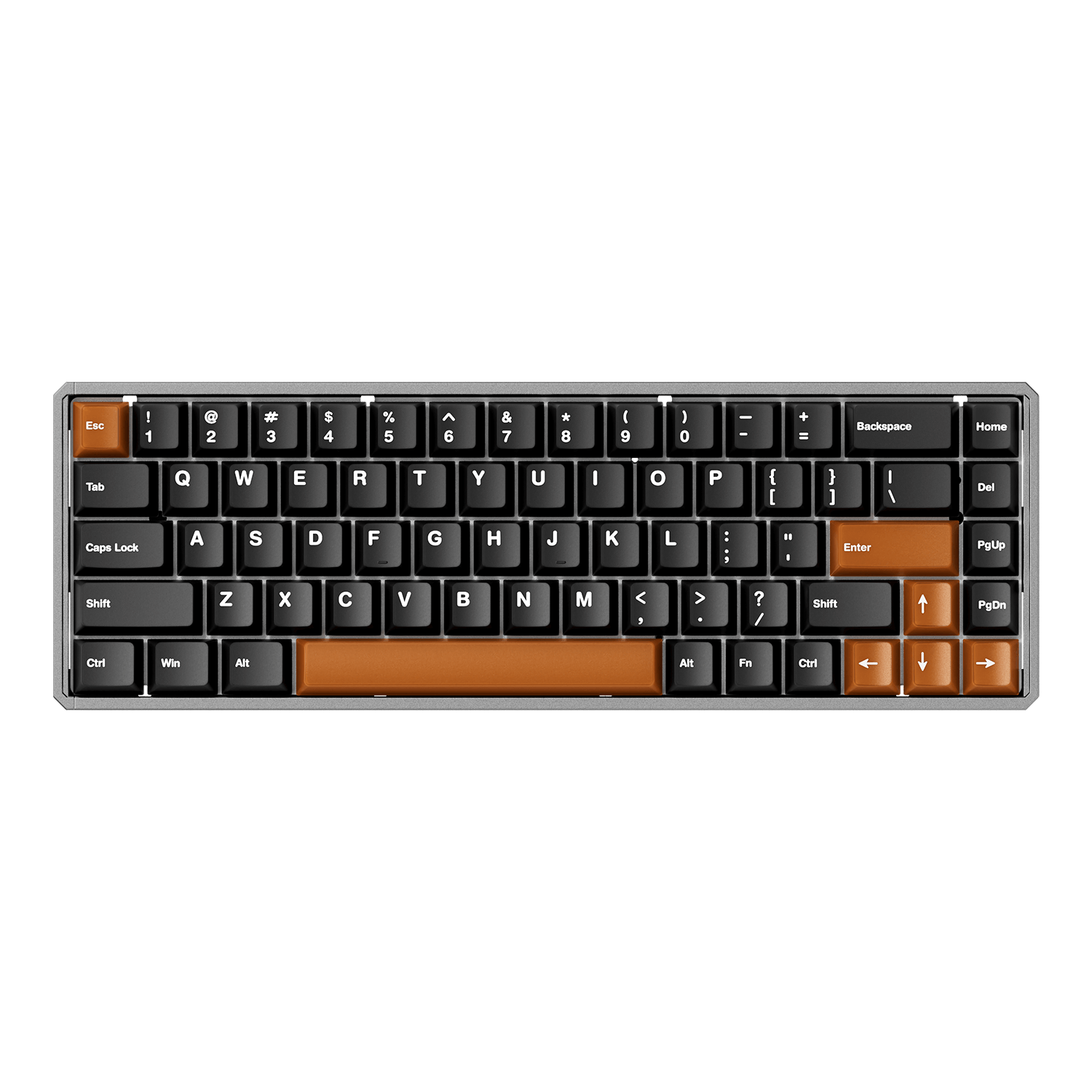
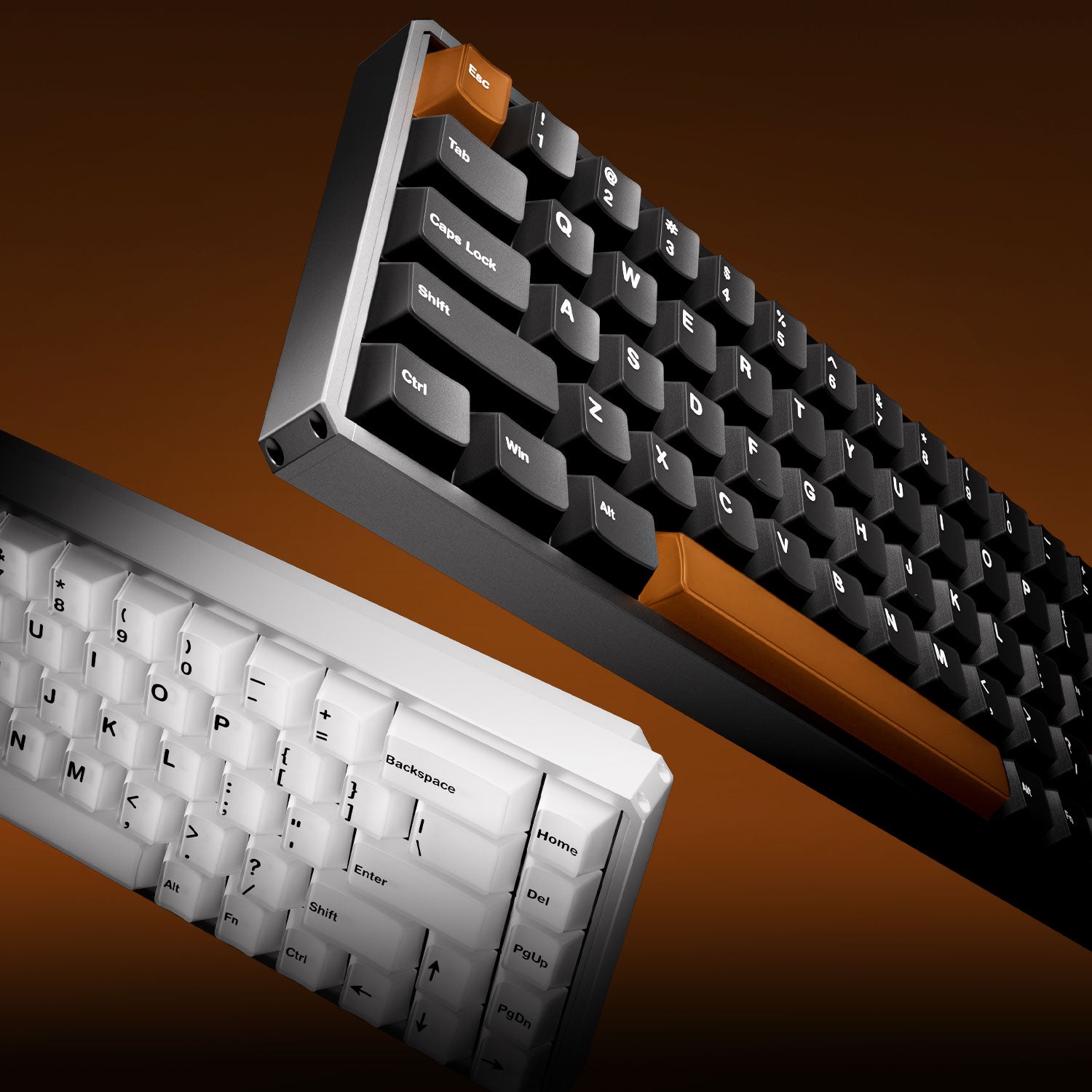
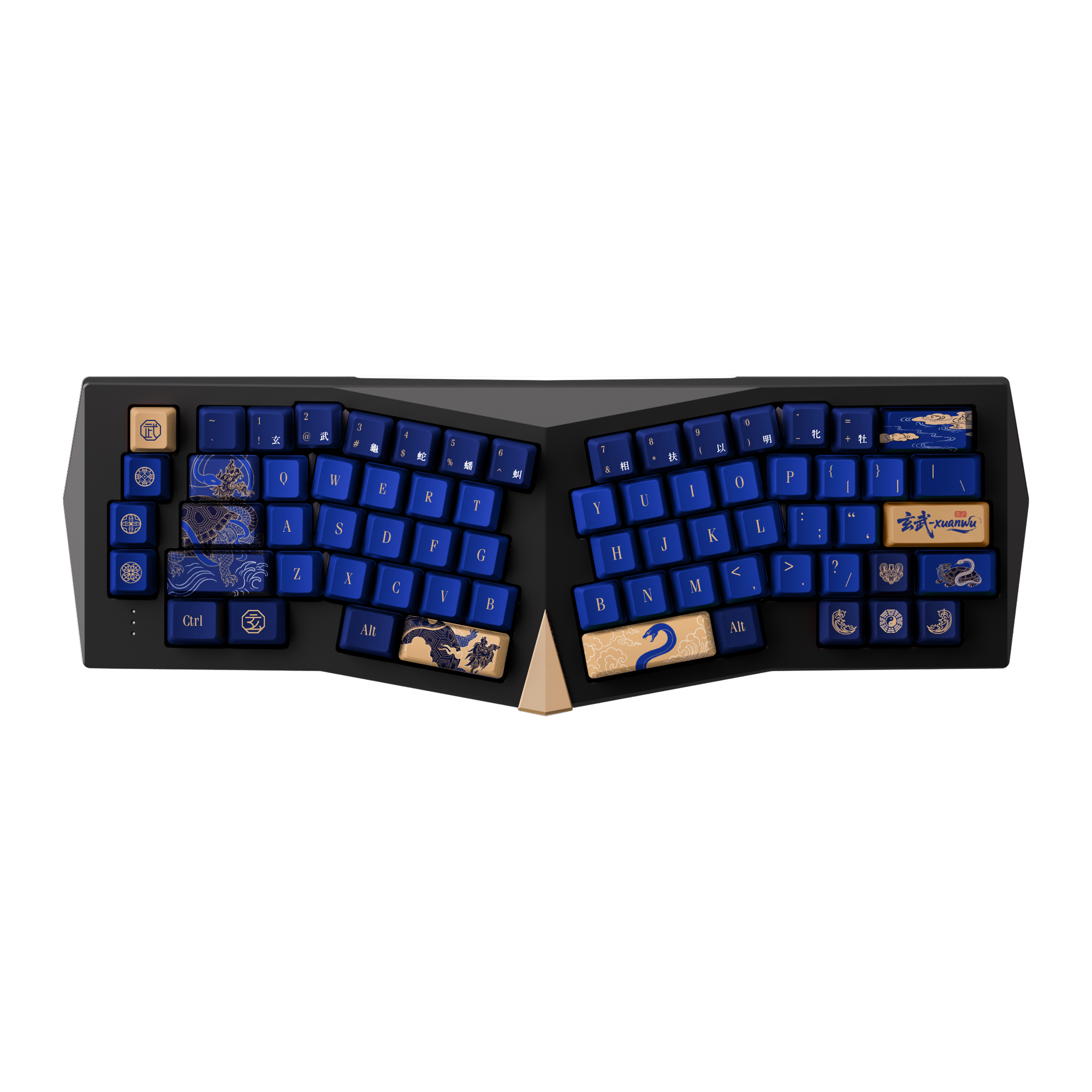
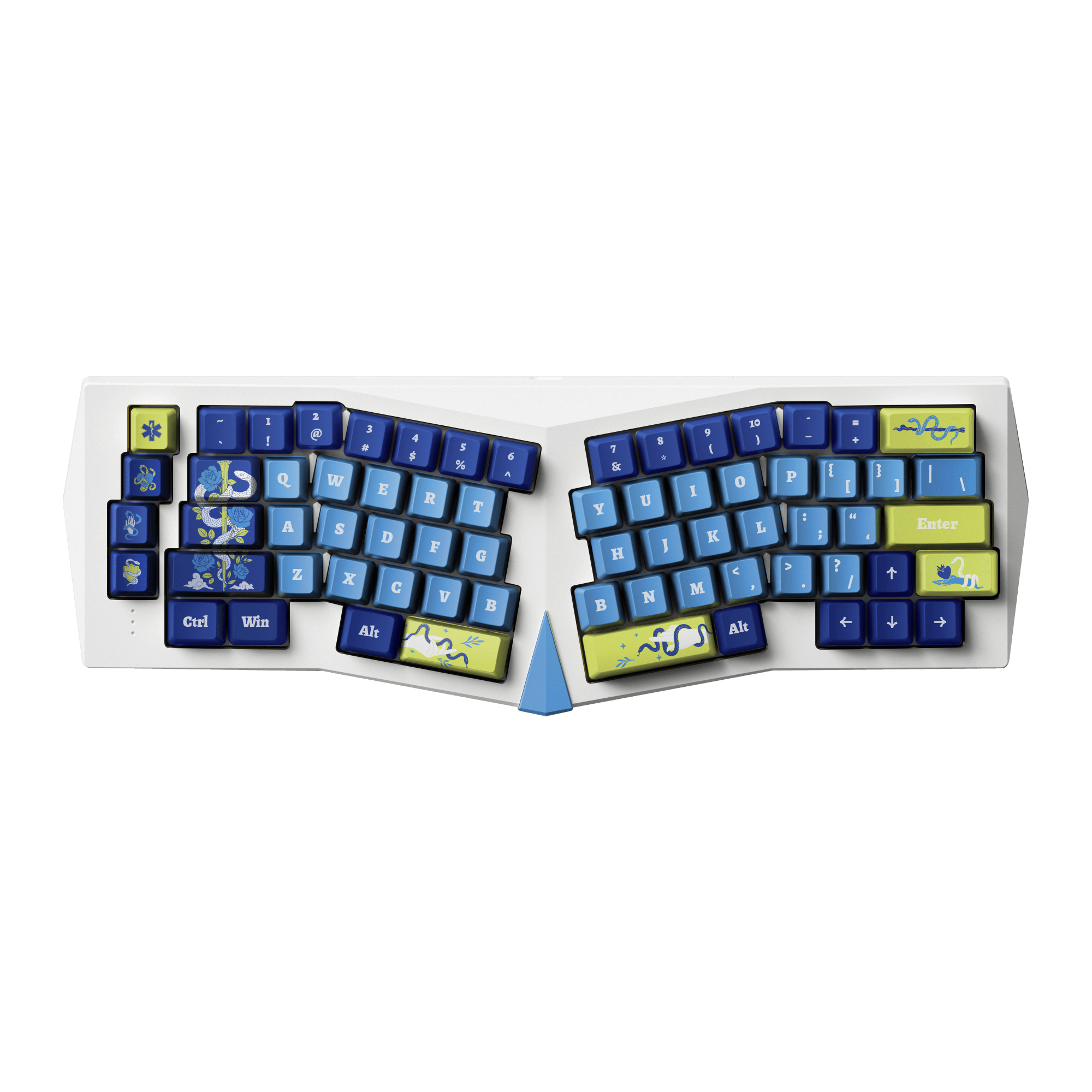

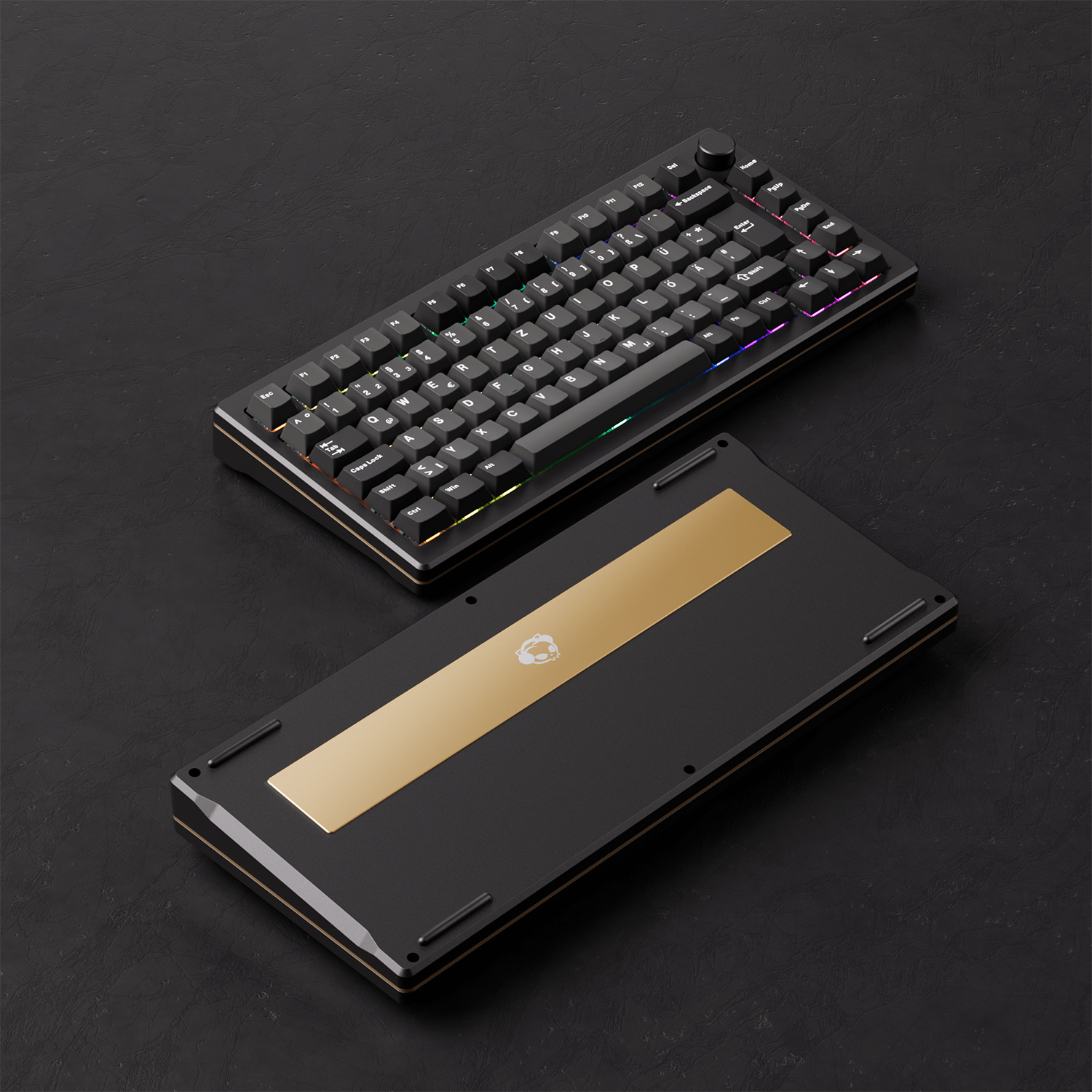
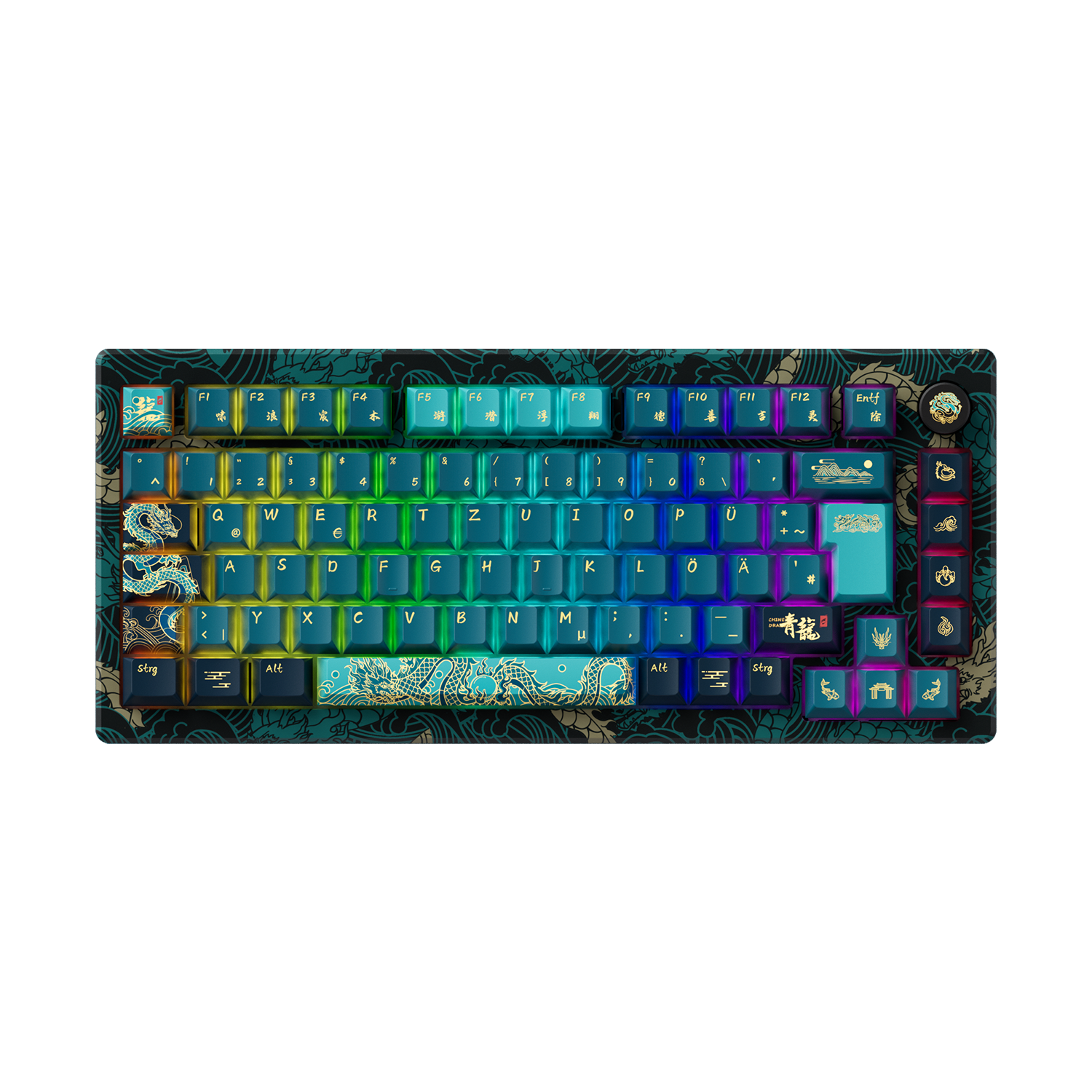

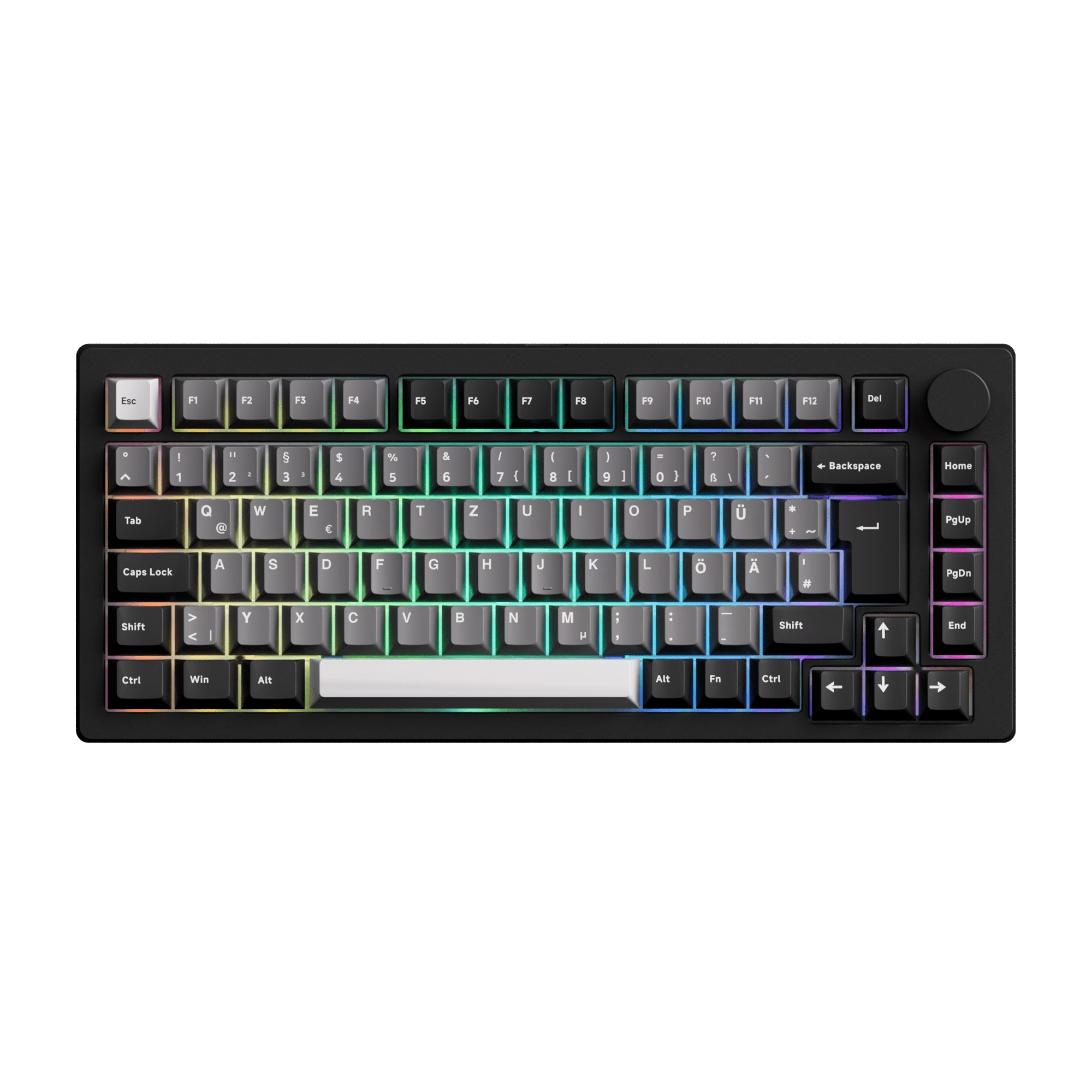
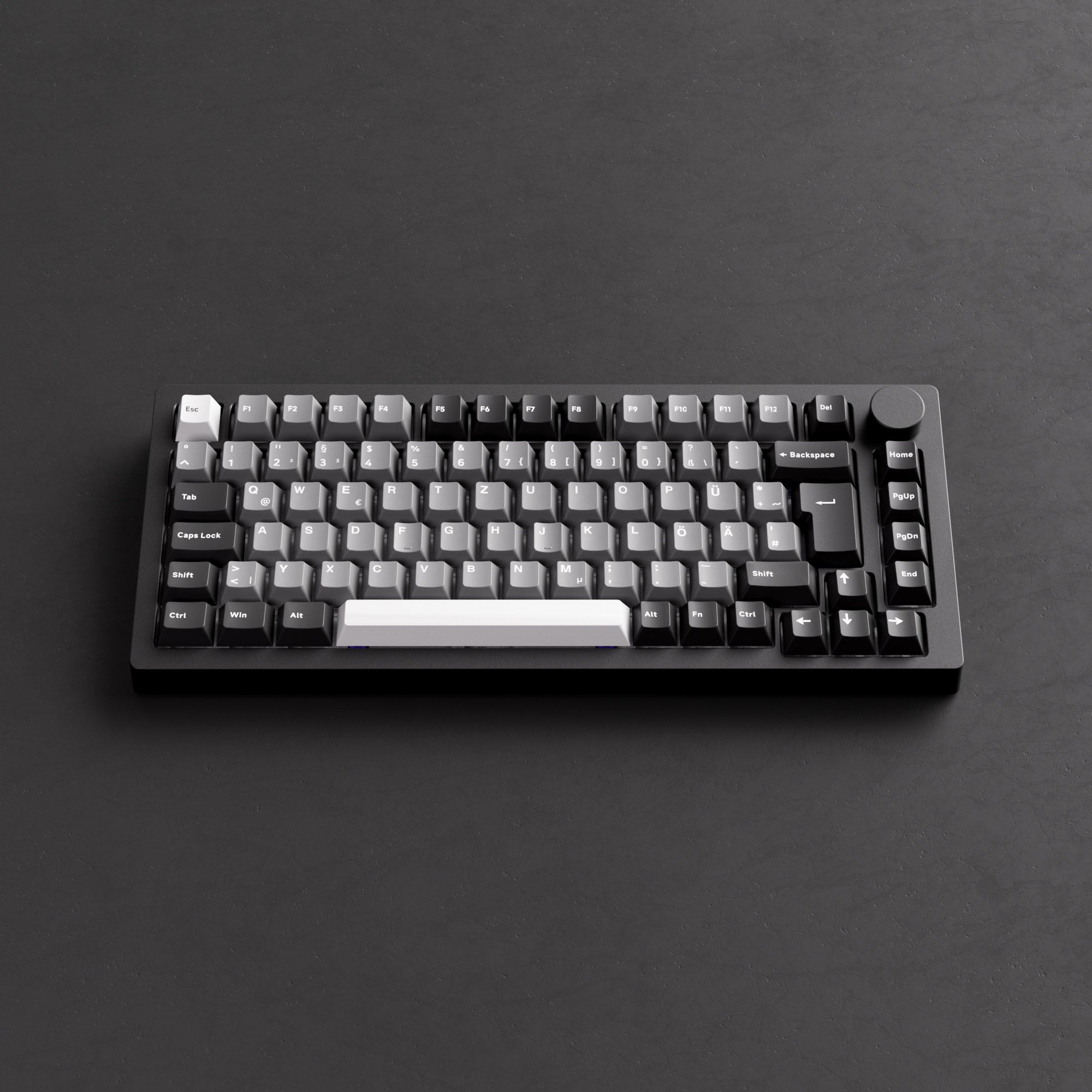
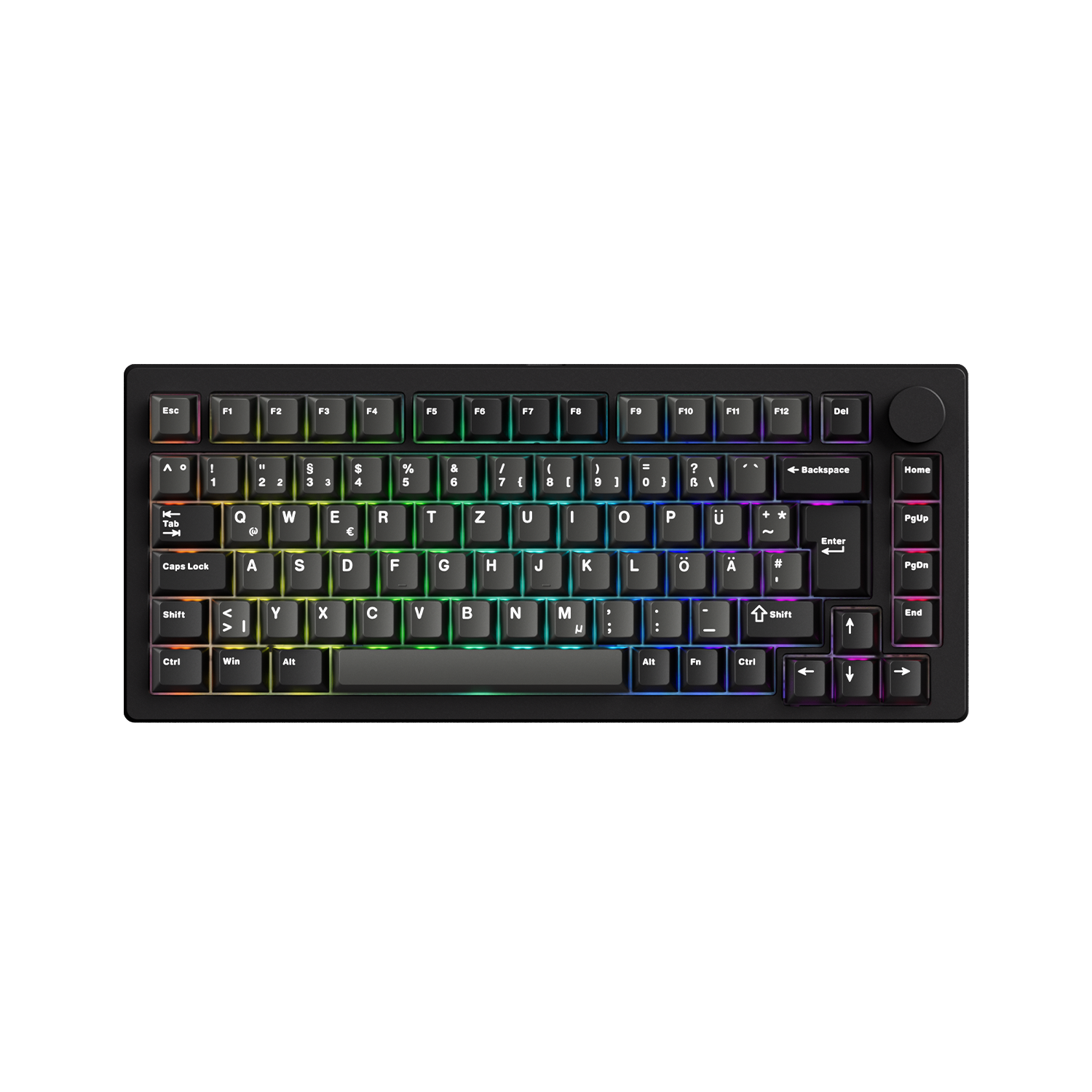
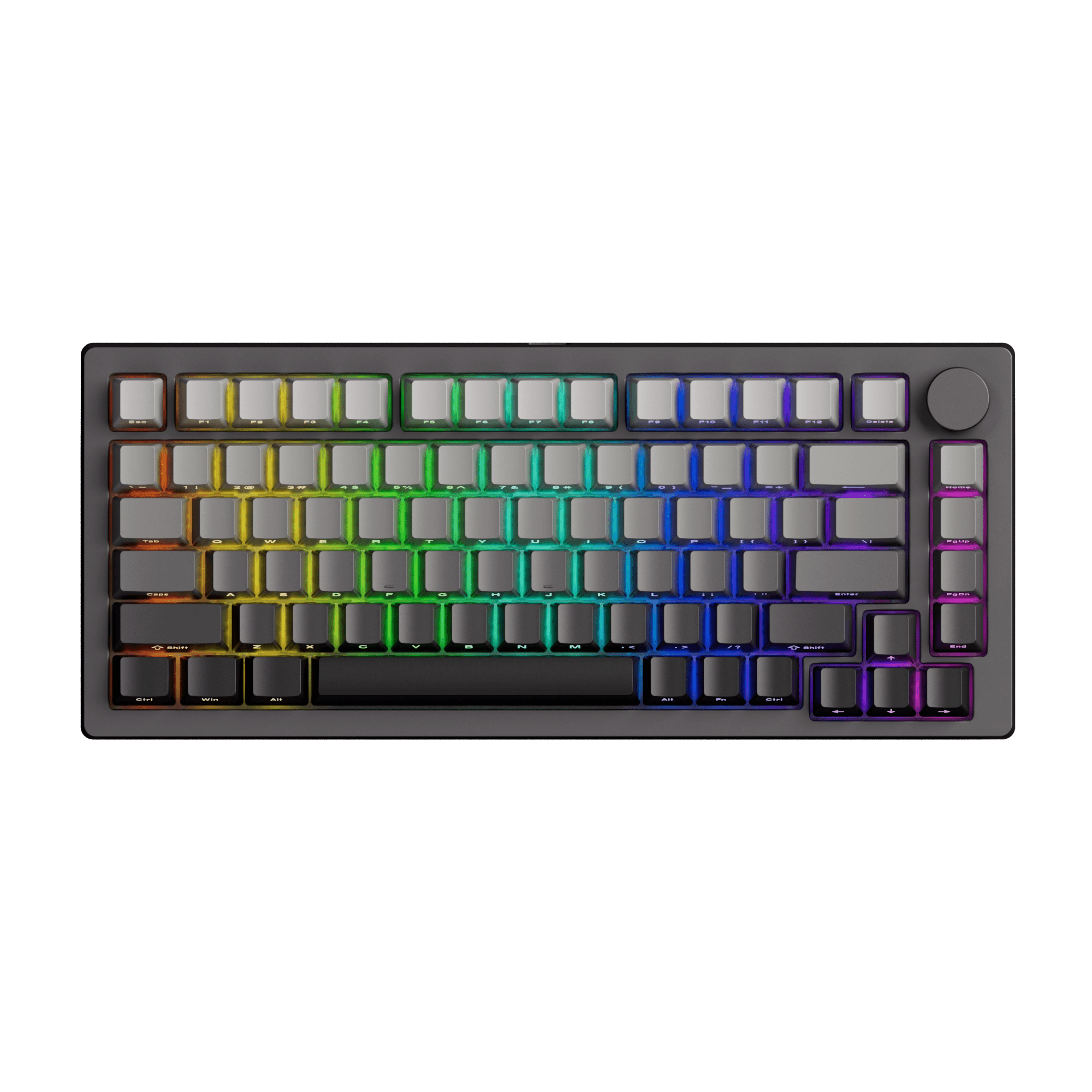
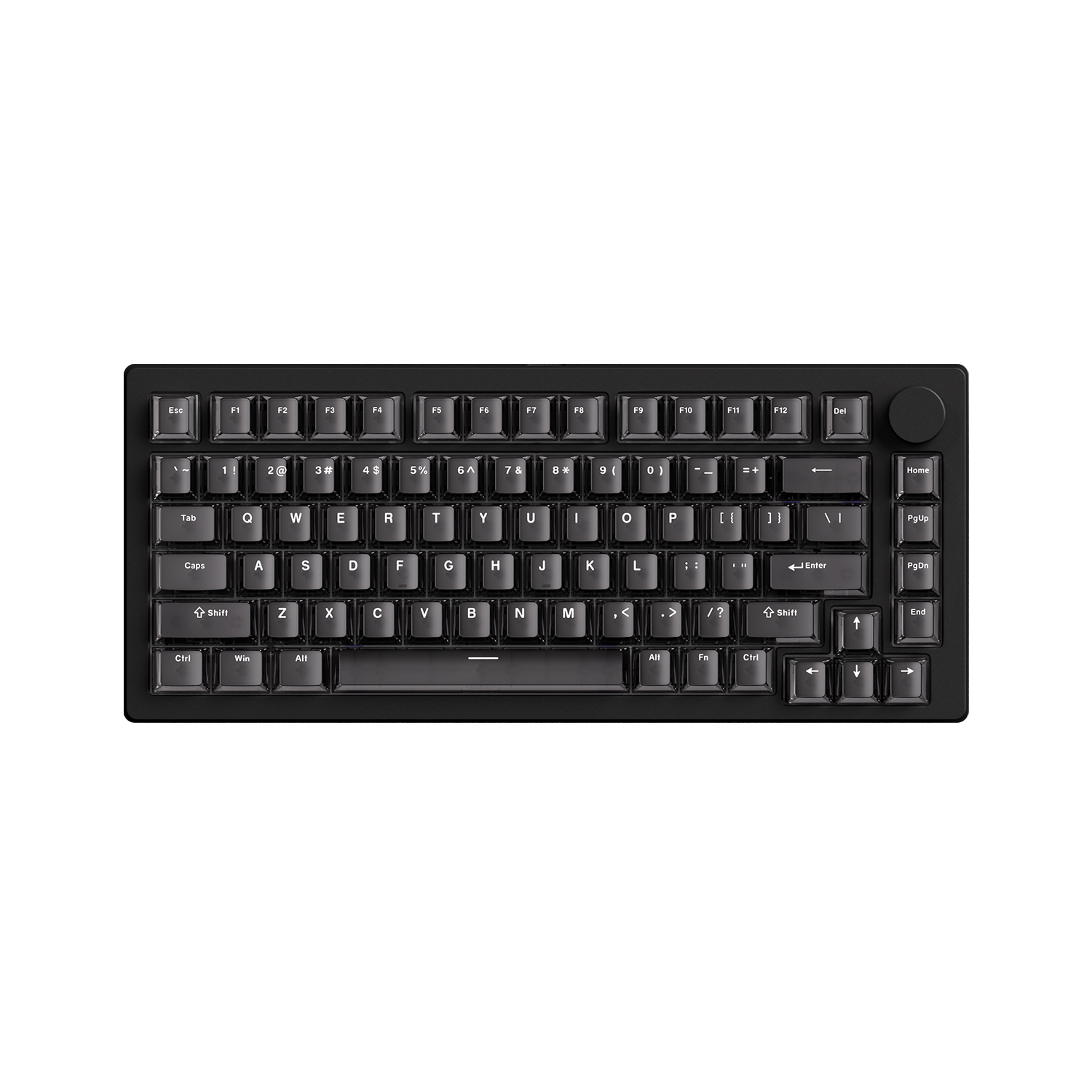
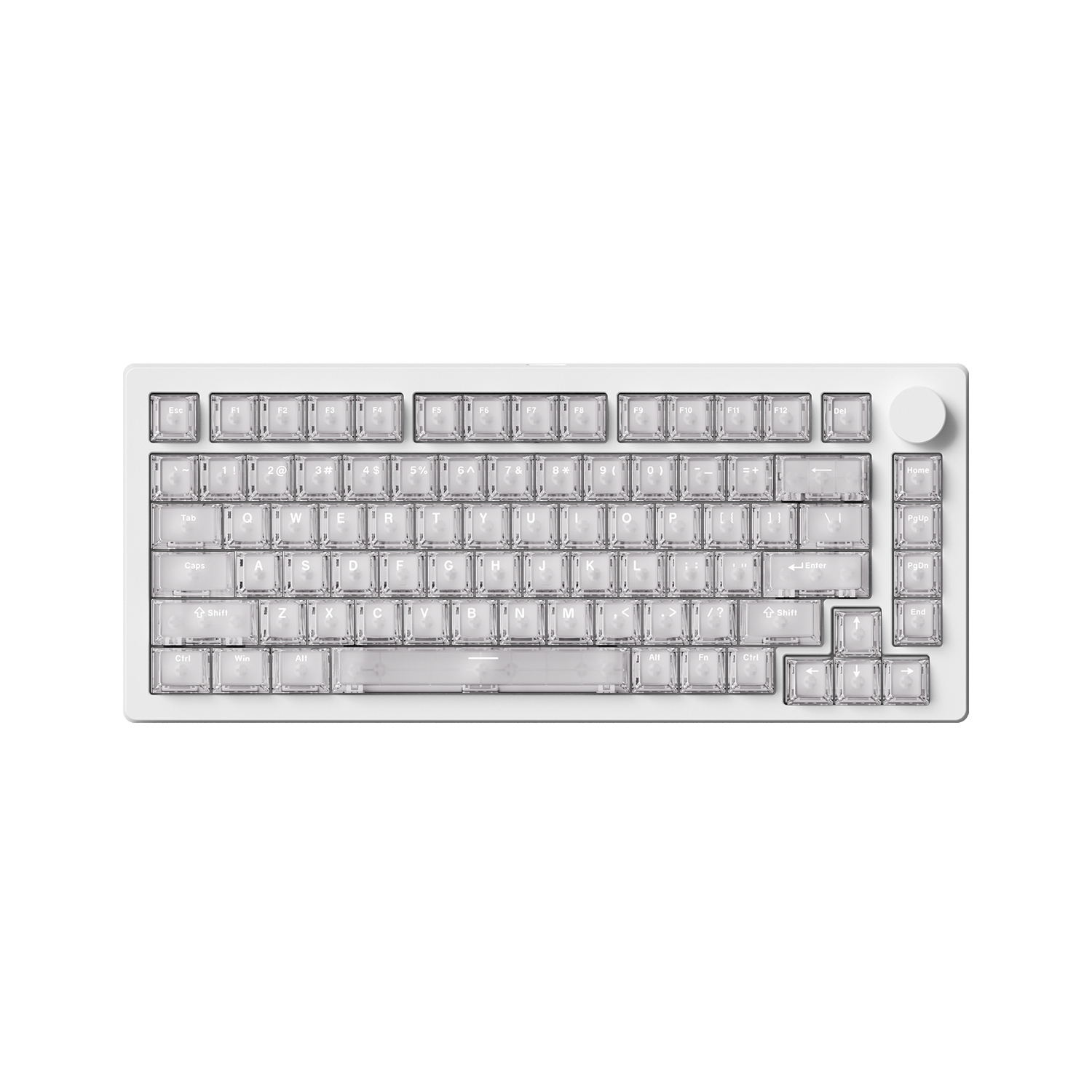
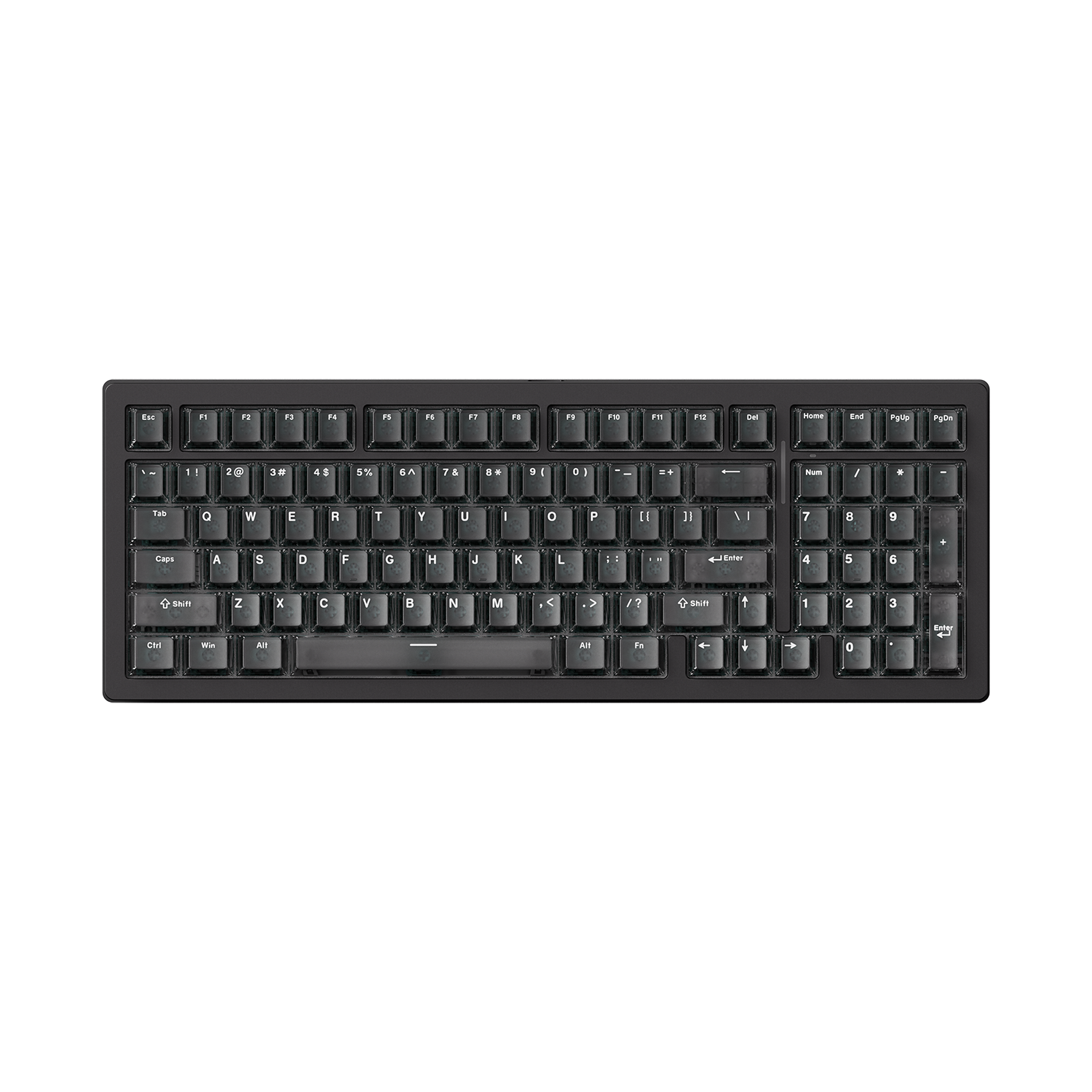
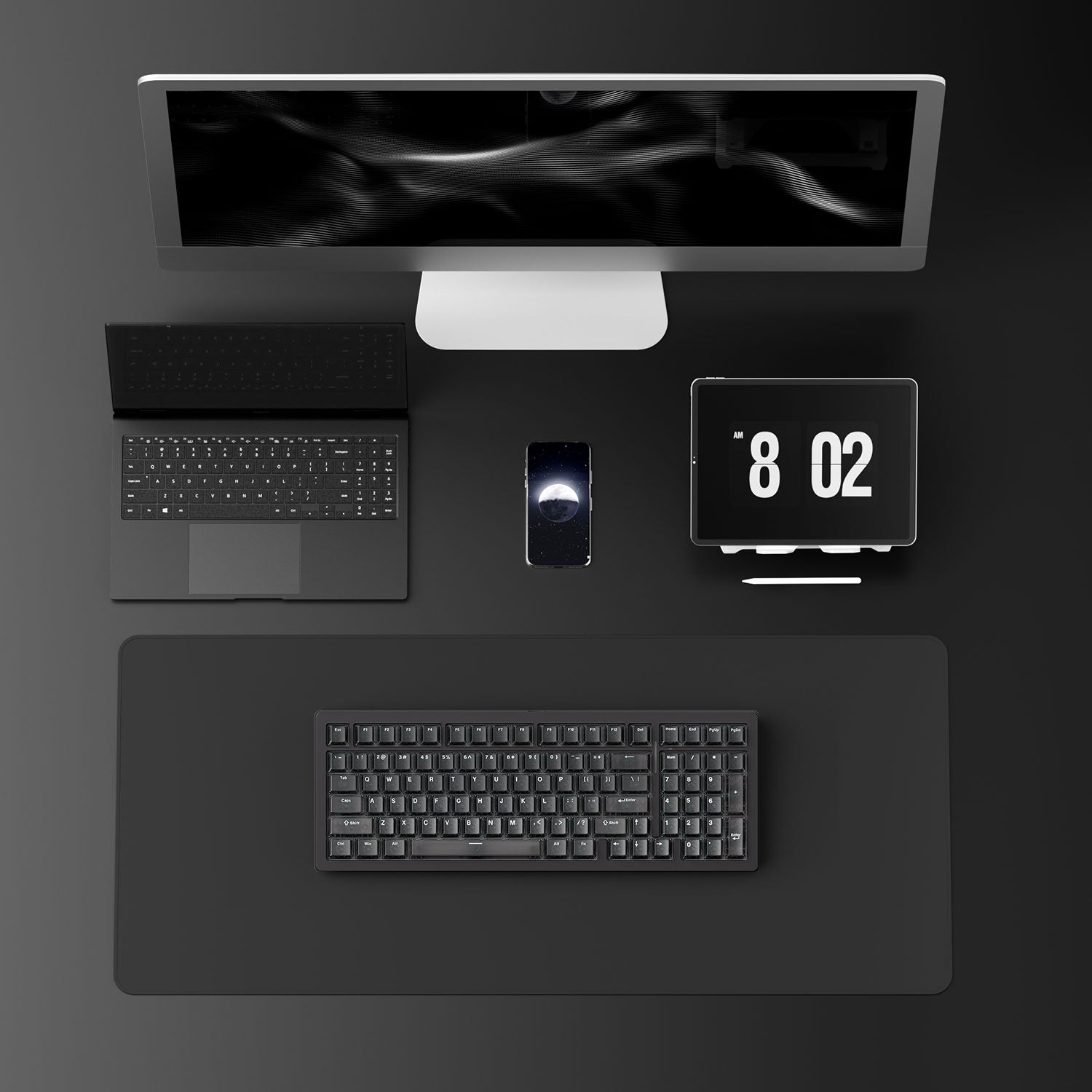
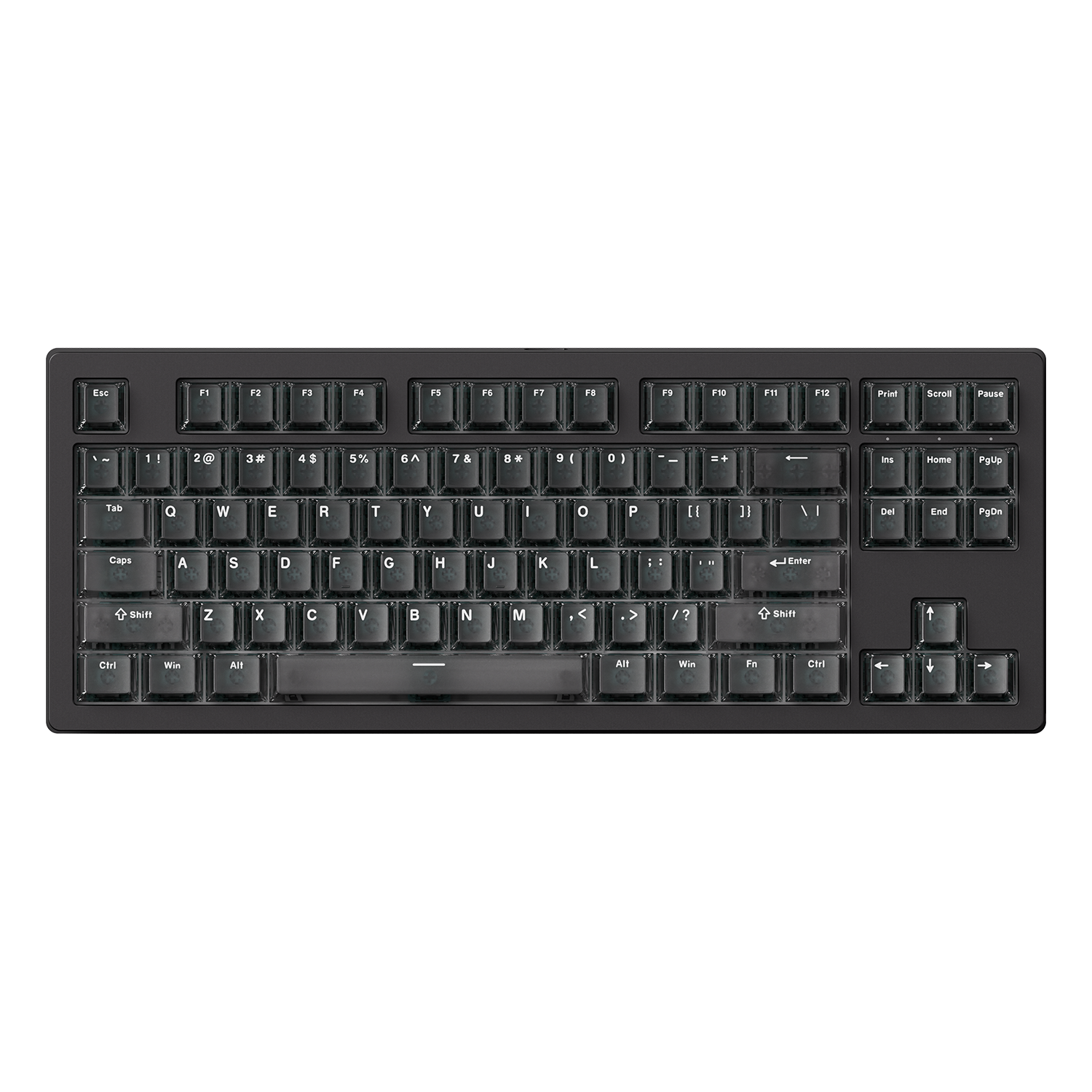
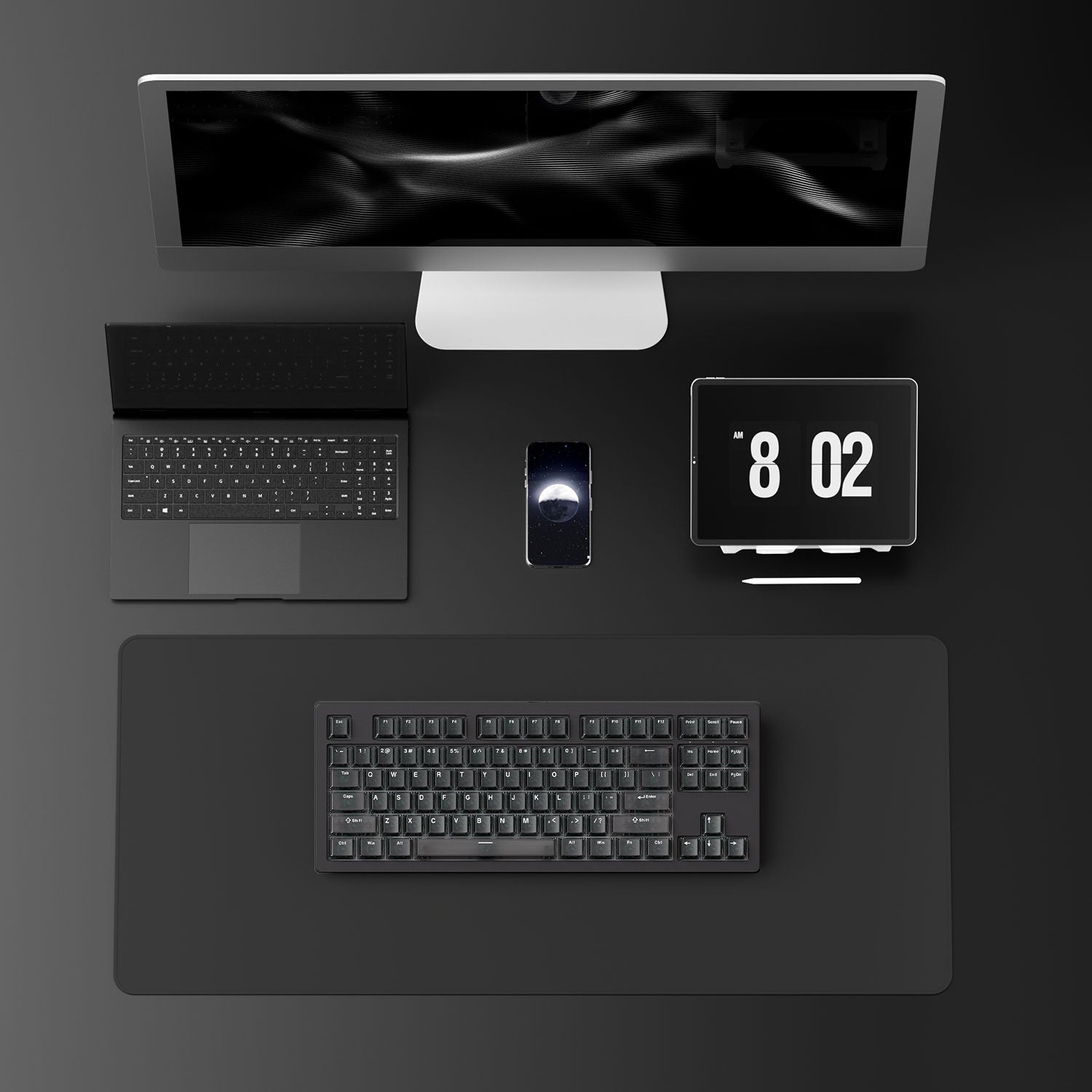
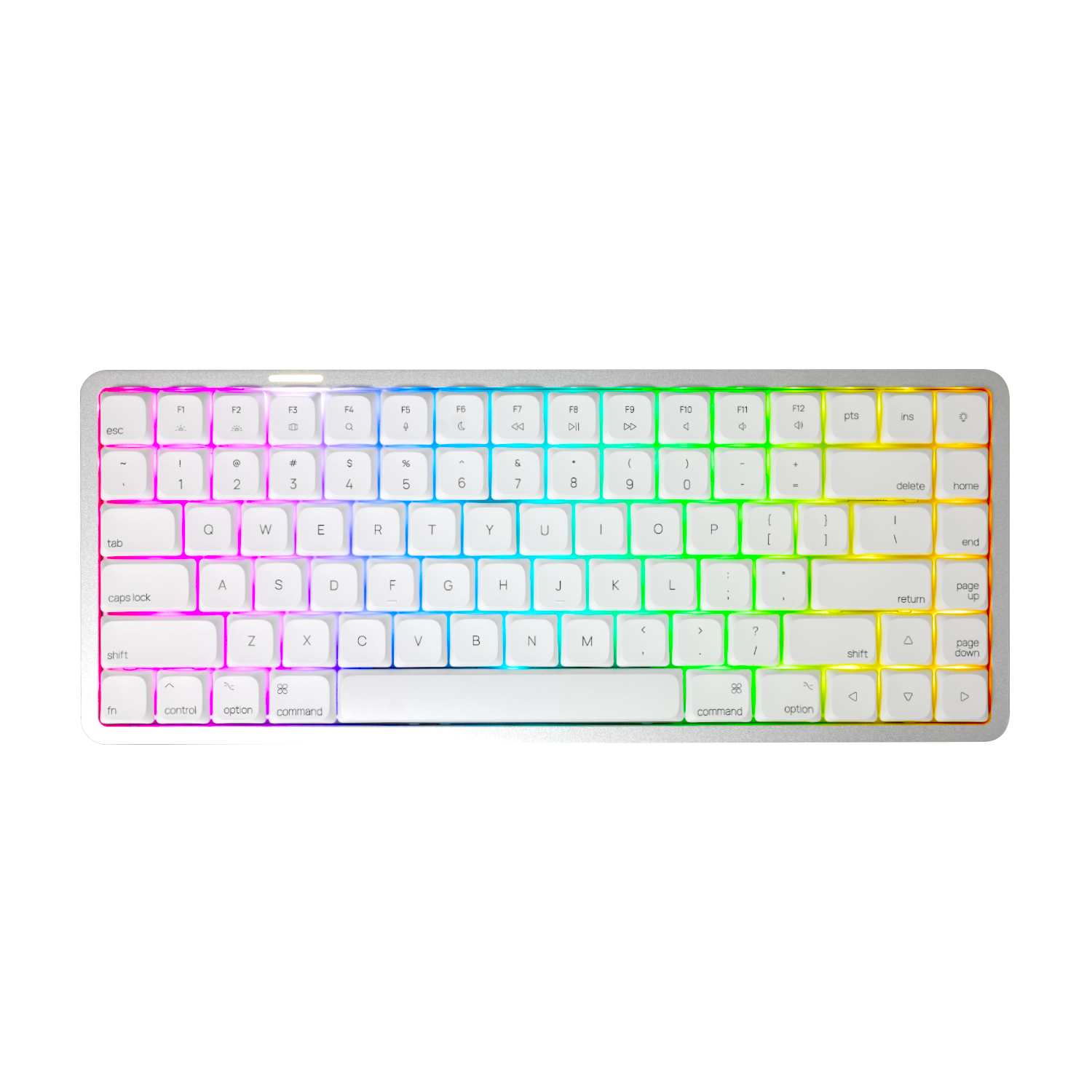
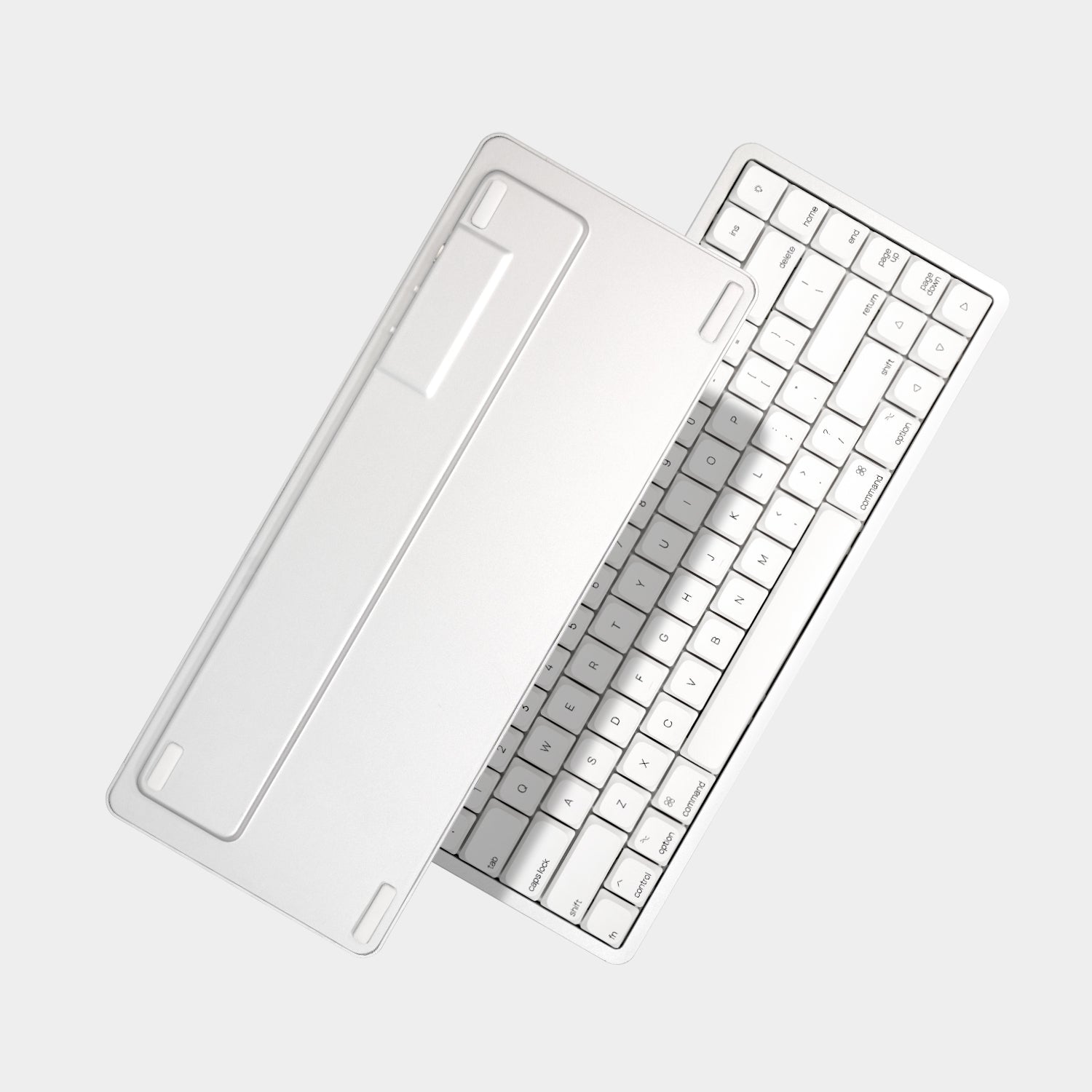
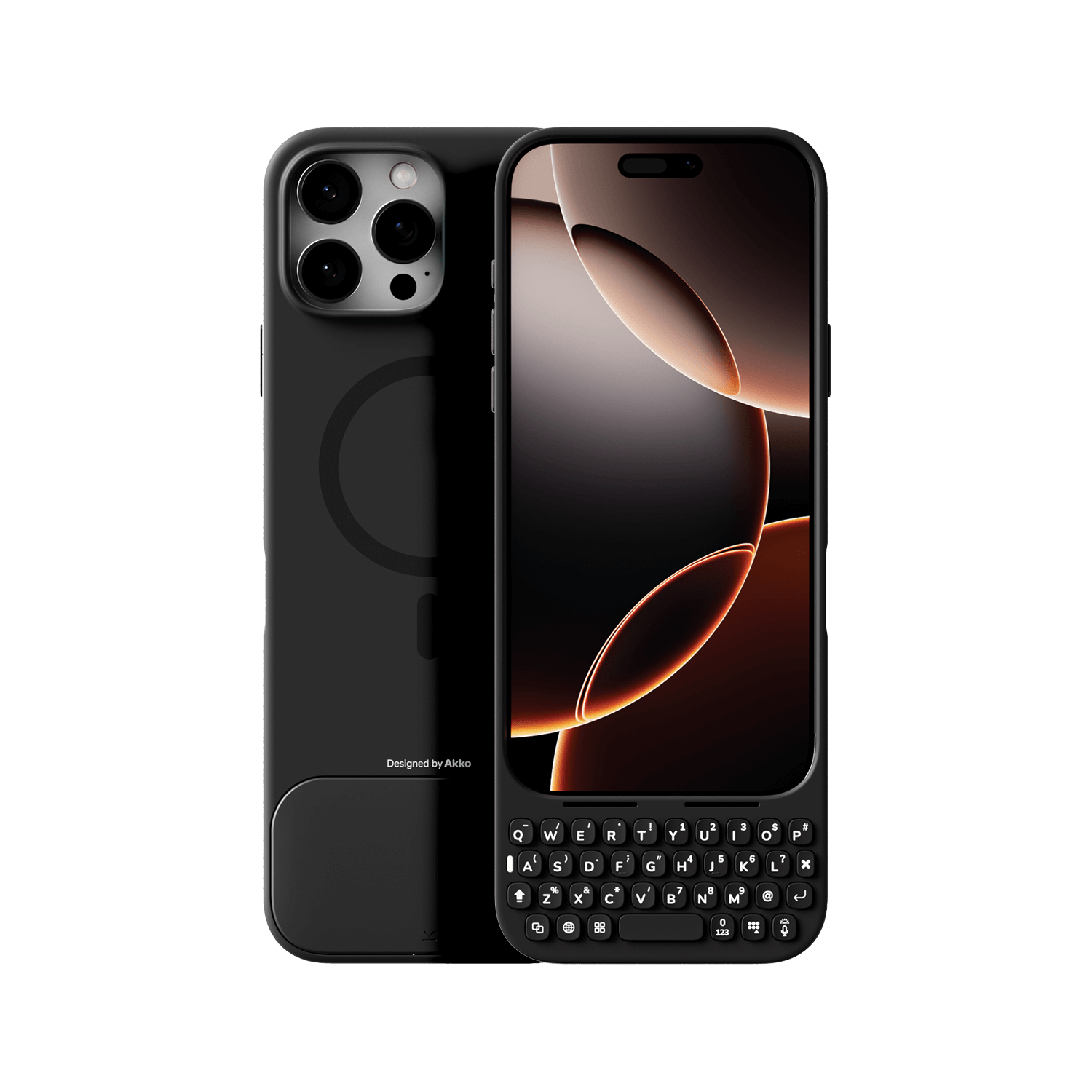
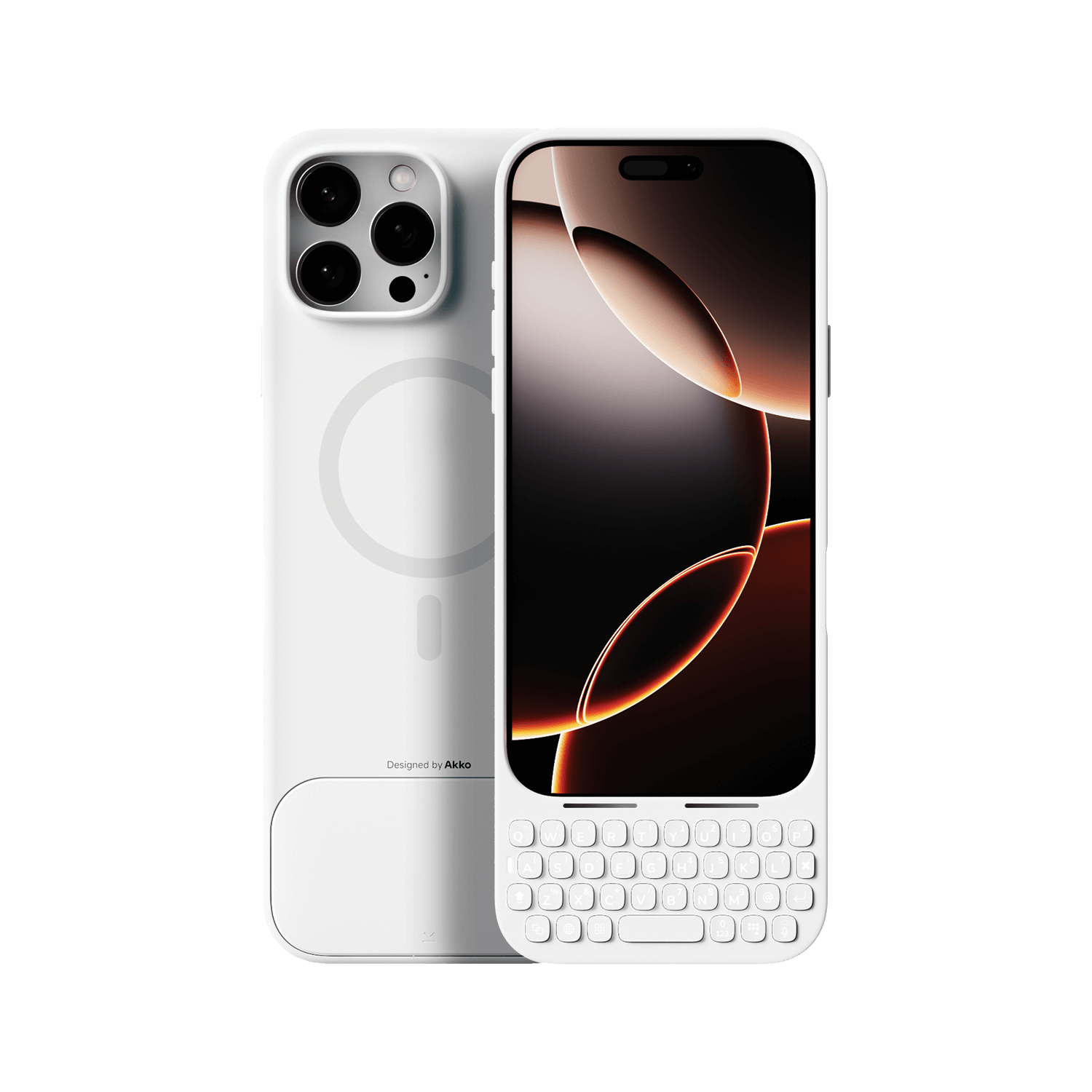
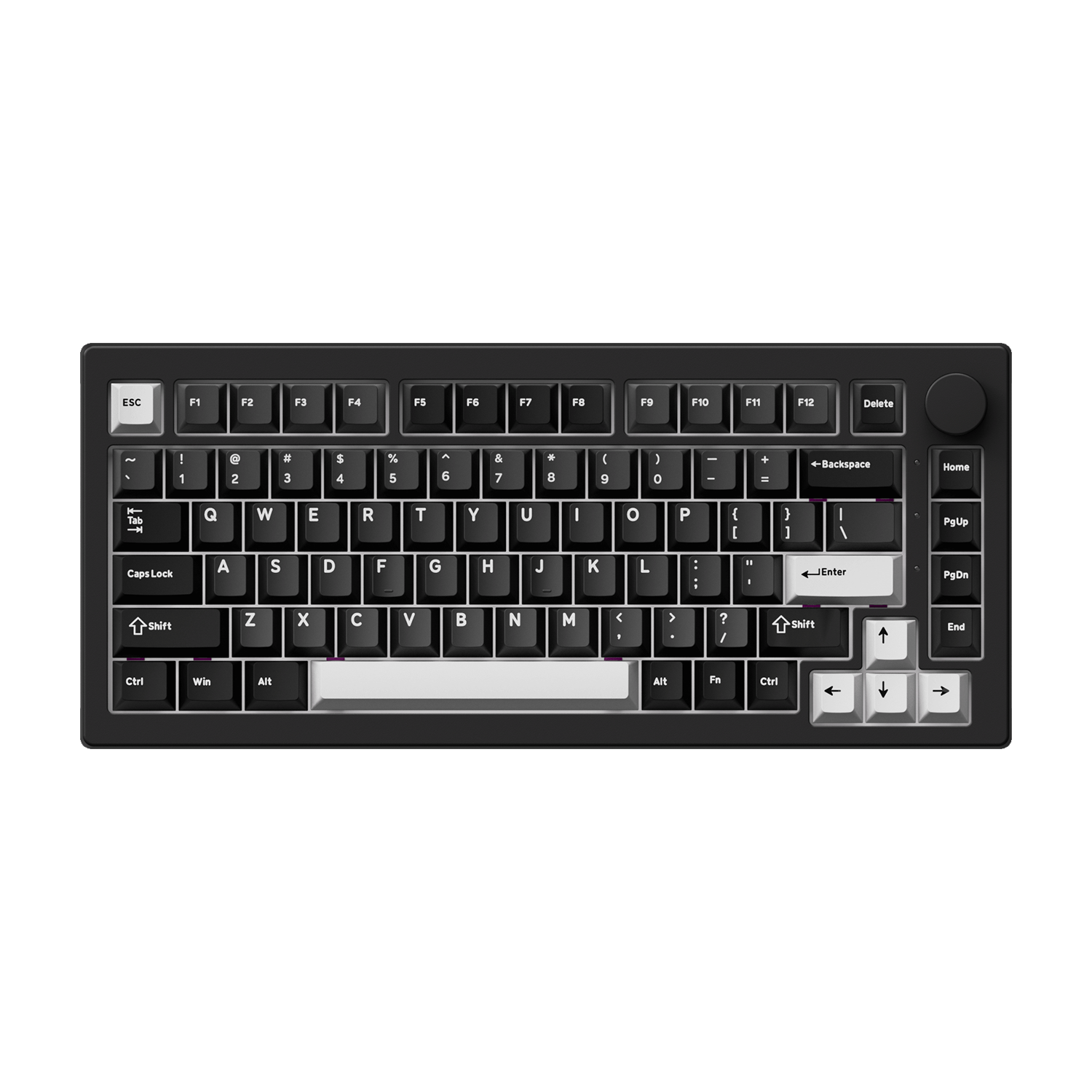
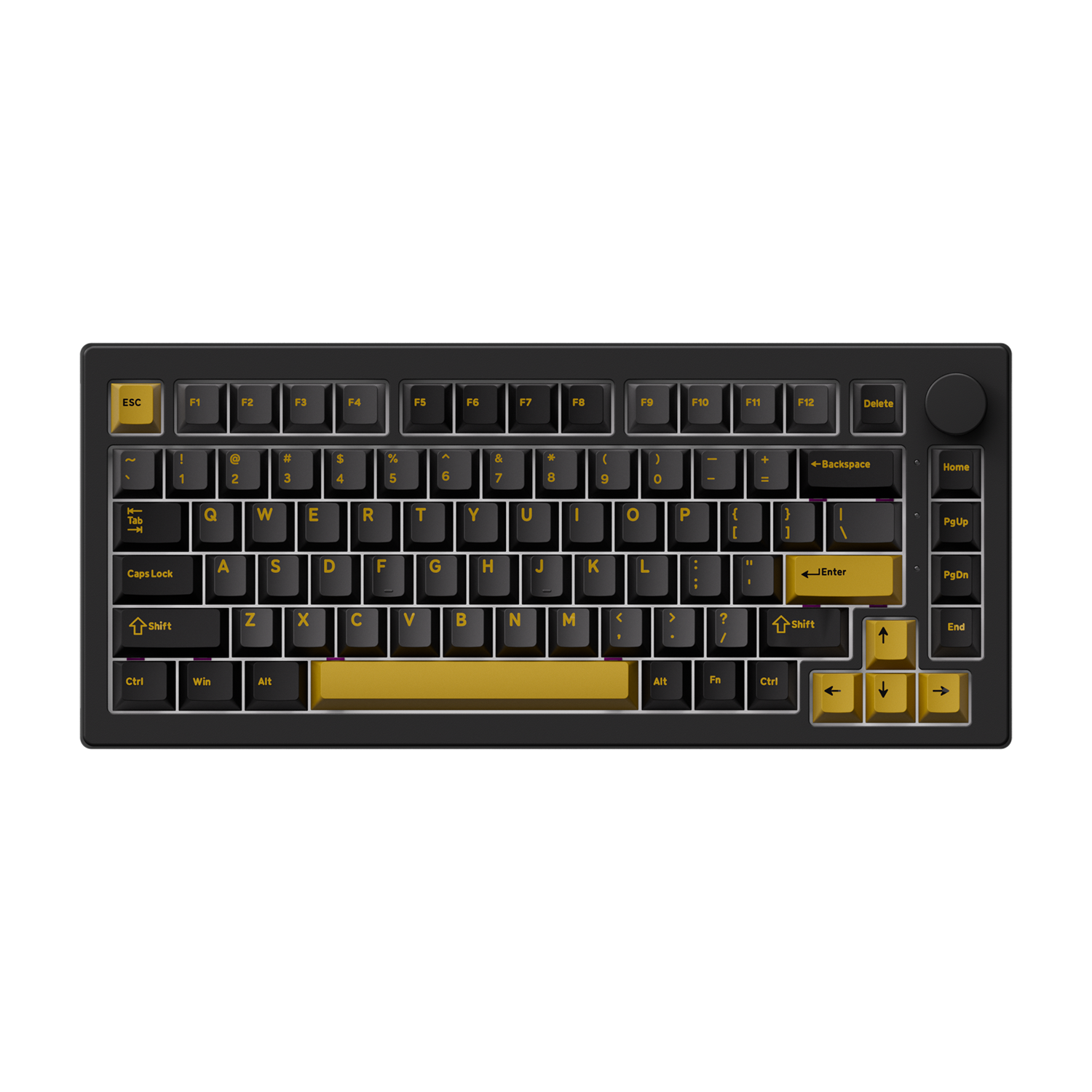
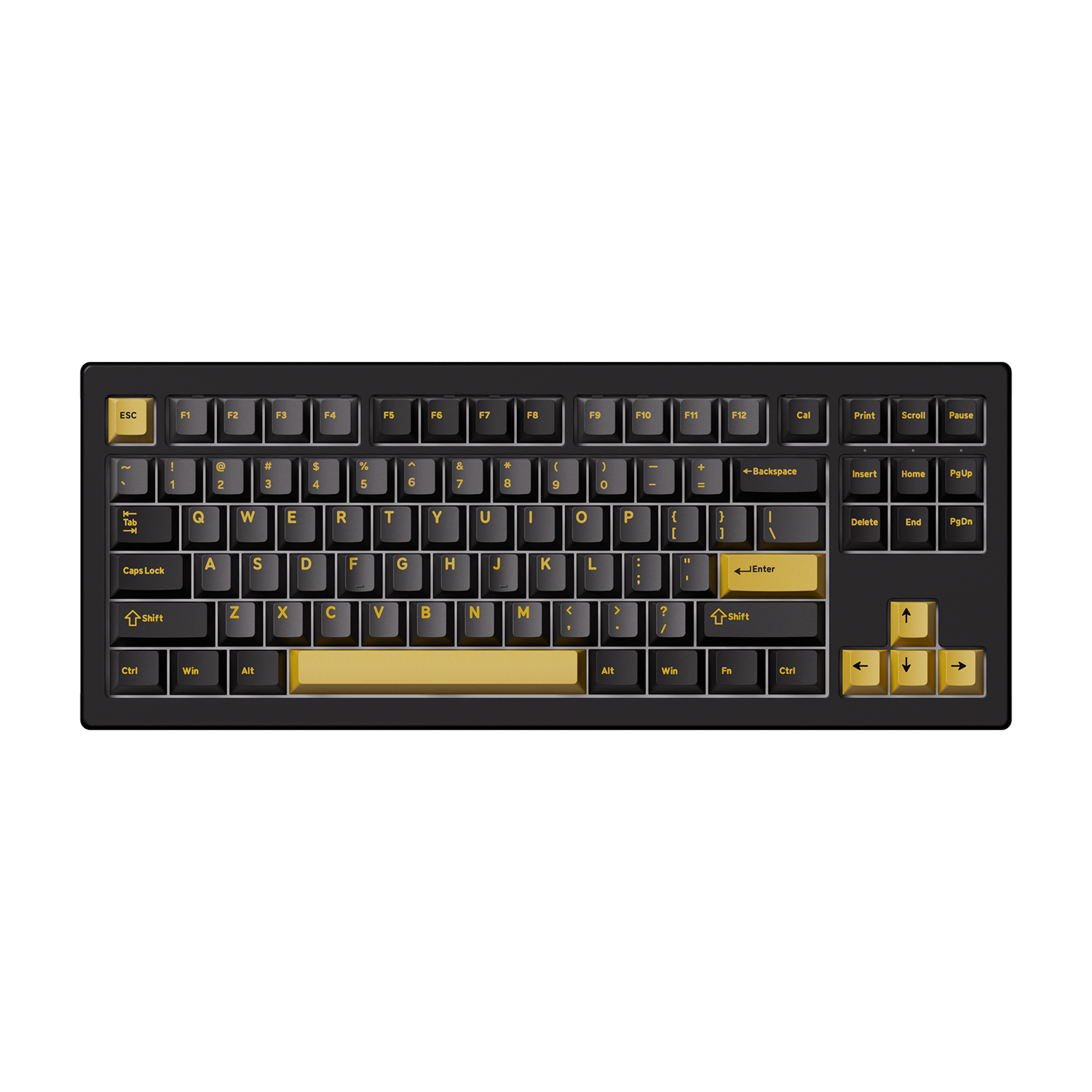
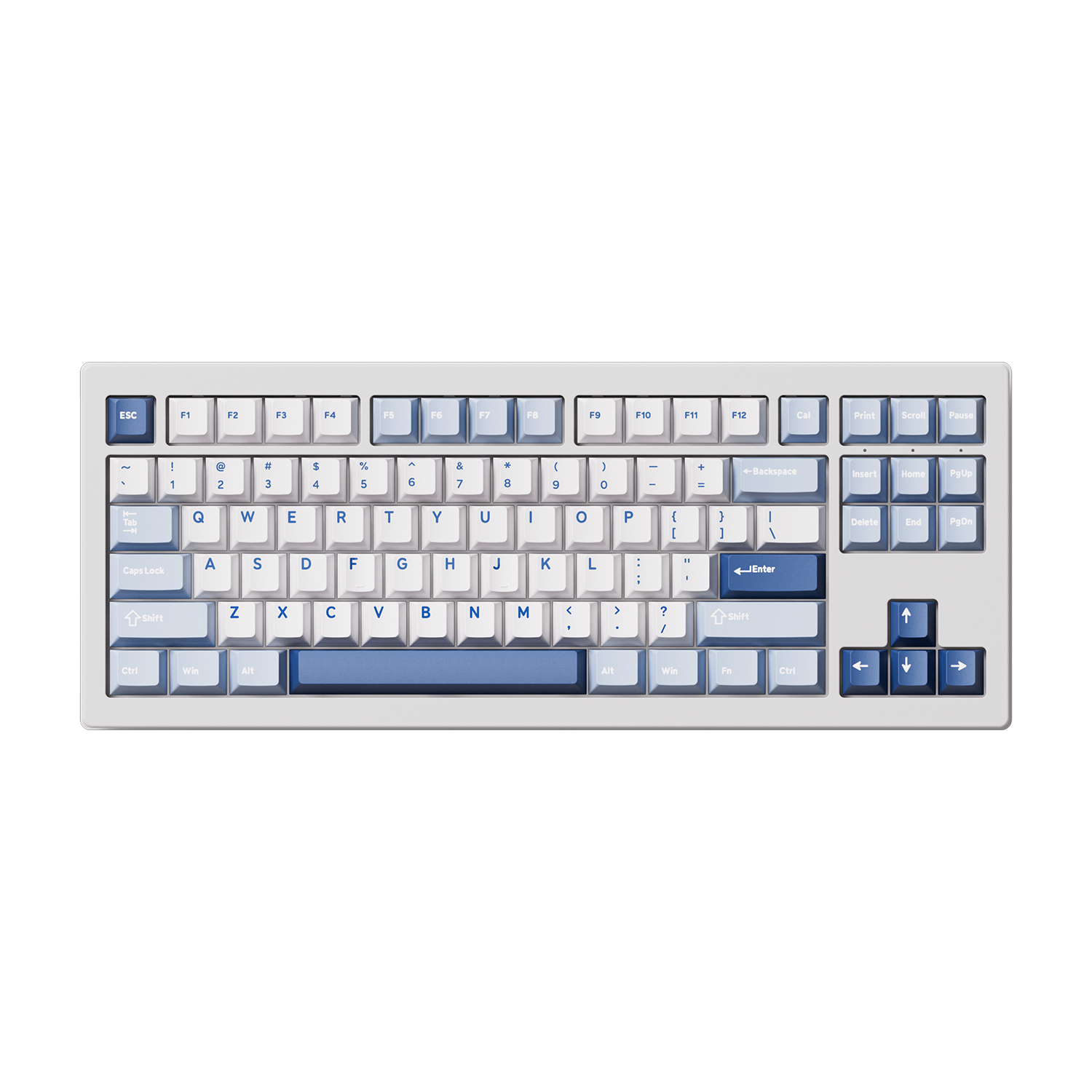
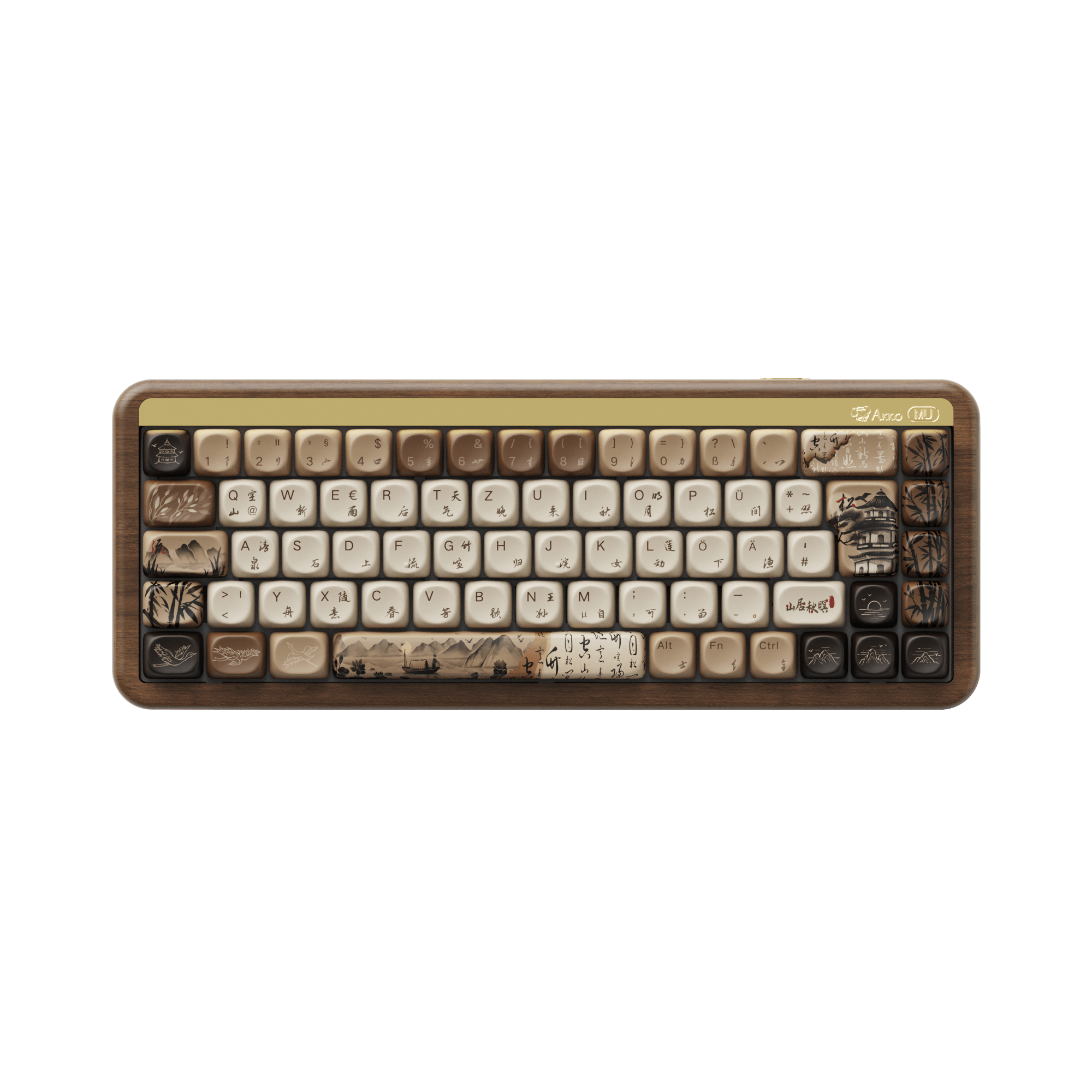

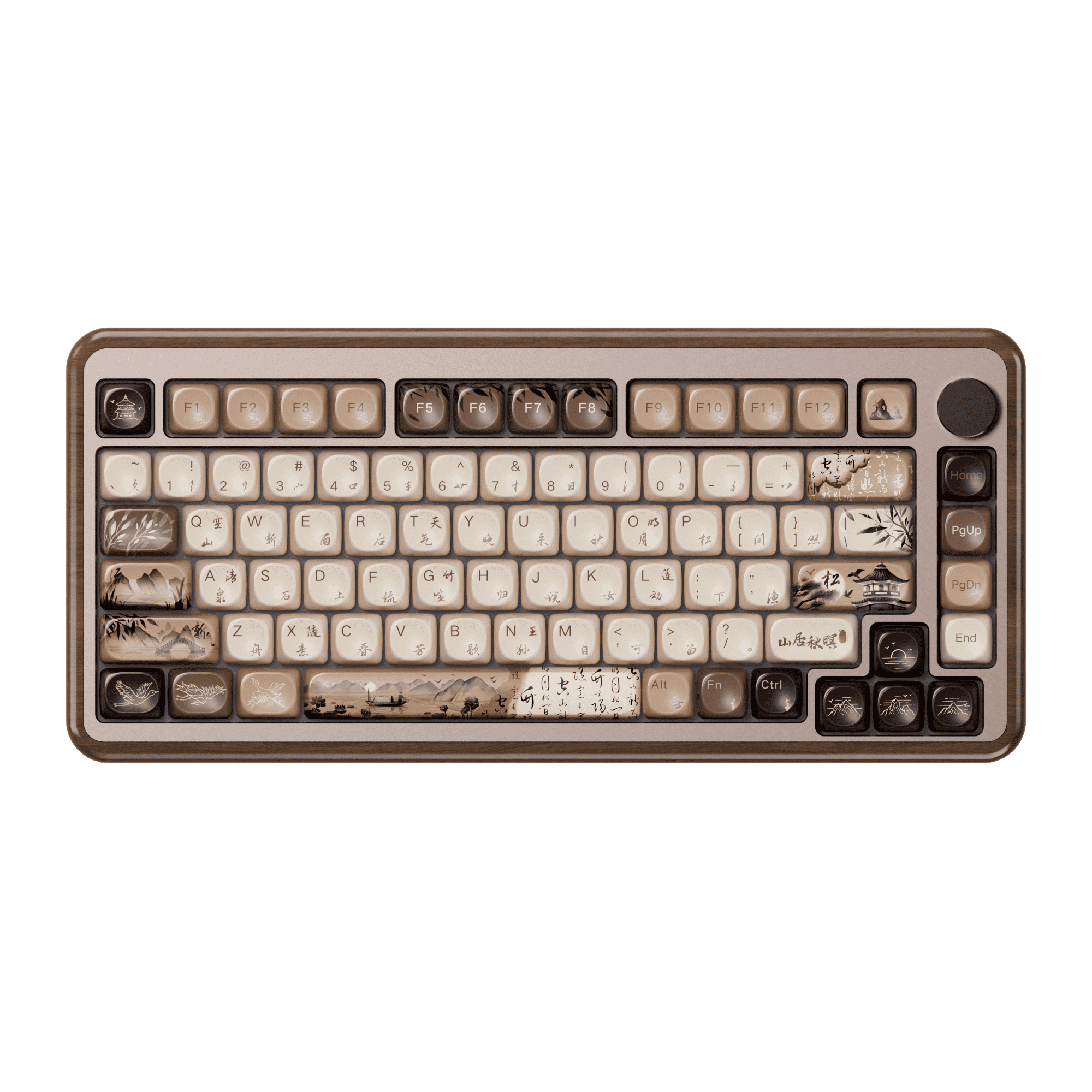
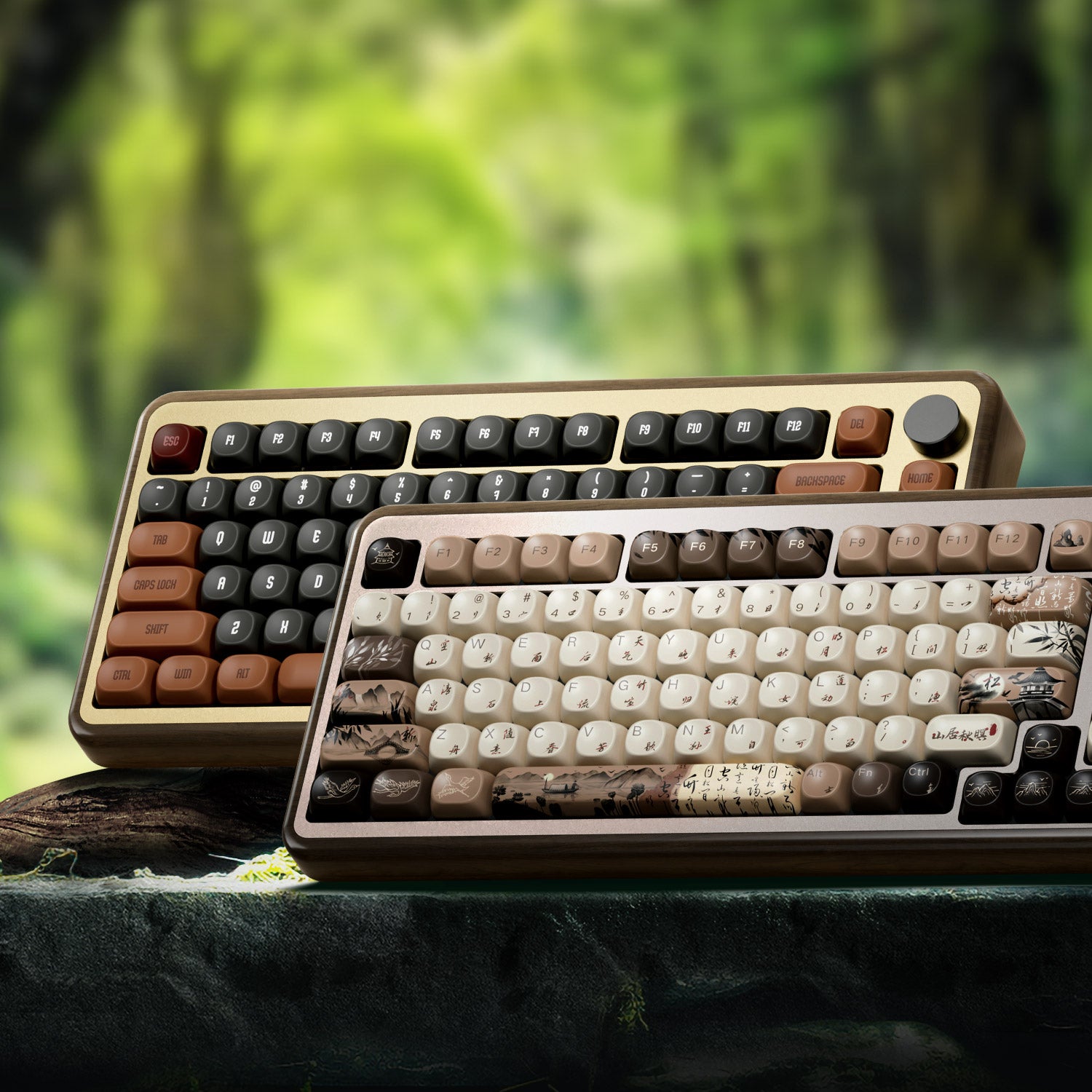
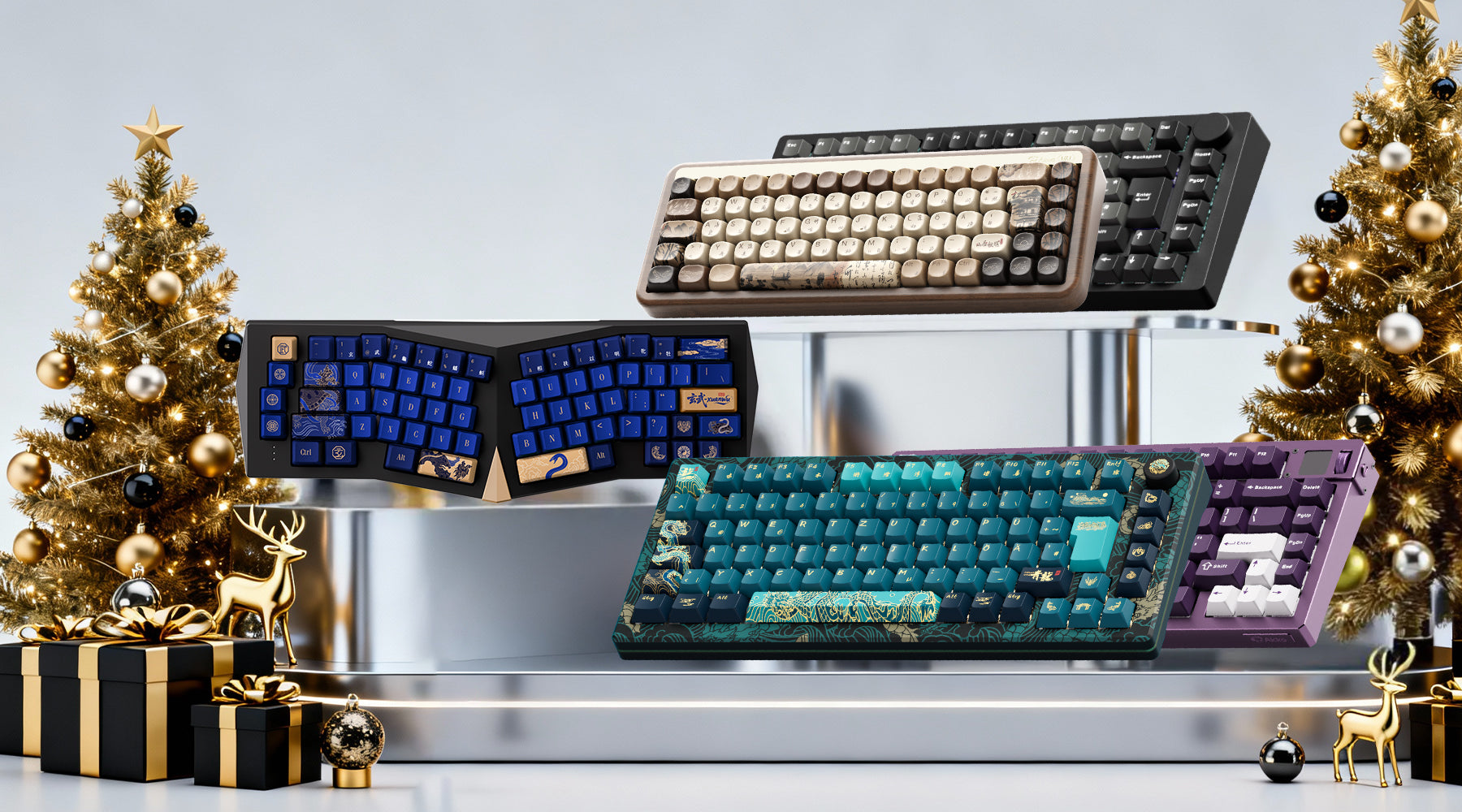
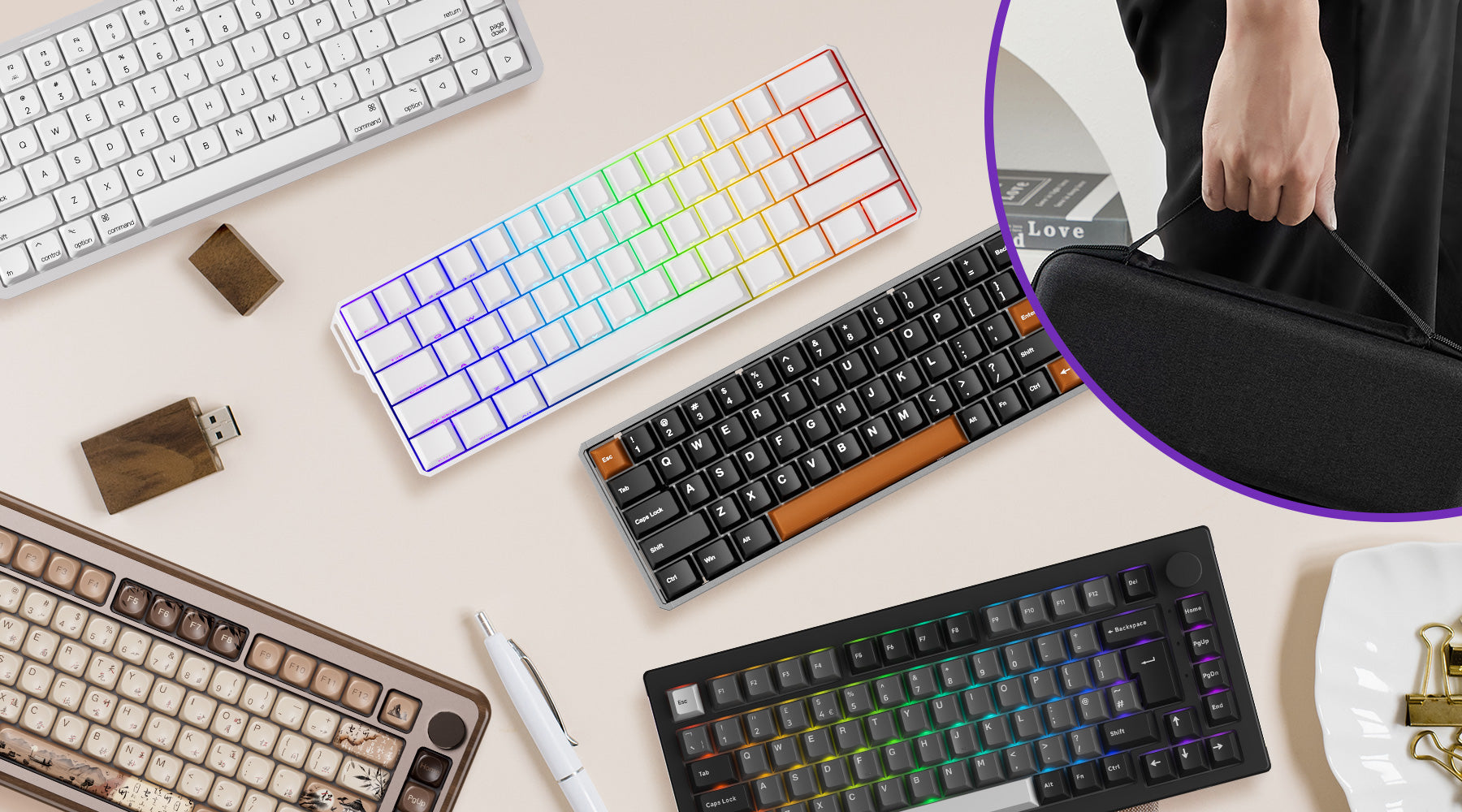

Leave a comment
All comments are moderated before being published.
This site is protected by hCaptcha and the hCaptcha Privacy Policy and Terms of Service apply.